Global Signs operates an in shop wide format CMYK Ecosolvent Mutoh printer.
This make carried with it a reputation for reliability when we acquired it, for the Mutoh brand was originally solely geared toward architectural drawing prints, so their quality had to be above par. The nozzle head comes with a wave pattern functionality which discourages the banding effect to which some other printers are prone.
We use this digital printer to run off everything from banners to vinyl to paper to canvas and more.
Color matching can be a headache for some print shops, but we use one or two color profiles alone that seem to cover the gamut of files that are out there, without much usual hassle.
If ever there are discrepancies we readily reset the profile and reprint until the match is where it should be.
We request files that are submitted to either be flat TIFF or Jpeg–or more preferably .ai, .pdf, .eps or other vector-based file, as long as all fonts are outlined, so there is no substituted text cropping up.
Production can be quite quick, often with 2 day turnaround–or overnight in a pinch–since we have a print operator on call every day of the year and our printer is always ready to go. But production cannot commence before the proofing stage is complete.
However long it takes to make sure the sign will look like how you want it is never too long–and once it is ready to go, the sign will be done before you know it.
But that being said, some certain types of signs can take time.
Digital wide format printing overall is quicker than the vinyl cut side of the business, when there is something of high detail being produced. But vinyl cut wins the race when it comes to heavy ink graphics, for the digital print will need time to dry, especially if there is a lot of black in the picture.
If you are producing a rich black graphic with us, then be forewarned it usually takes an extra day of drying time before the second half of production can finish. This is unless you are purchasing a banner, since banners tend to dry rather quickly compared to plastic vinyl, for the material absorbs the ink better.
Generally speaking, if there is not a lot of black, a digital vinyl coroplast sign can begin production in a morning and potentially complete later that afternoon, while a simple vinyl cut sign with little detail and not many words can be executed in a few hours.
But a vinyl cut sign with extensive detail or many words will take much longer than simply printing the project, so be informed that pricing takes these matters into account, for some graphics are exponentially more labor intensive depending on how they are made.
We will always advise you your alternate options, which is the most economical route–and which is the more expensive due to the increased time involved.
If you would like to see a sample print before production commences, to determine if the quality is suitable or the colors are preferred, then let our operator know and he will advise when a small print is ready for your viewing.
It will typically be left on our pick up counter where you first walk in to the shop. It should be marked FREE sample print and you can take it and leave if we are occupied with customers at that moment. Then let your operator know via e-mail whether to proceed. The production will complete and you will be notified the moment your sign is ready for pick up.
Arrangements can be made to ship the sign to you–or for your pick up after hours via appointment–or if you are picking up during business hours, we will be glad to see you then. We accept payment by credit card (all except AMEX), cheque, cash, Paypal and invoice. If in the future you would like repeat prints of the exact same sign, you will receive a price freeze at previous rates.
So come put our Mutoh to the test, we would love to see your art prints, banners, posters, vinyl signs and more come to creation in our shop.
After the material is run over the printer’s platen and the head fires down the graphic, the drying lip heats the sheet from beneath, drying the ink enough that it will not tack to itself as it feeds down over a take-up reel, on to a roll below.
From here, the roll is then taken into the back, where the operator unravels it on a big cutting table and goes to work.
He will trim the graphic back to its border and either apply it to a substrate like coroplast, alumapanel, painted wood or pure aluminum–or if it is a banner he will tape-hem the edges and/or punch grommets every 2 feet around the outside.
Back to the printer then, he will release the roll and realign the sheet so as to be set for the next job. He will check the ink levels to ensure nozzles do not dry out and clean the print head, spit tray and wiping station thoroughly with Q-tips and rubbing alcohol. Regularly cleaning is necessary to ensure fuzz and ink do not end up on the printed projects.
The shop is kept at a stable humidity to ensure our wide format prints are of the utmost quality–and our Mutoh lives a long and fruitful life, helping endless customers along their way to digitally printed signage solutions.
Just as vinyl cut signs were the kings of their day, so are digitally printed signs today–with 3D printers just around the corner ready to wear the crown.
But all three will likely continue to be used now as much as before, if not more so due to increased access and reduced costs to purchase and operate. For now, however, whatever are your signage needs, let us show you all of the options that are available to you–and what exactly our wide format Mutoh printer can do for you.





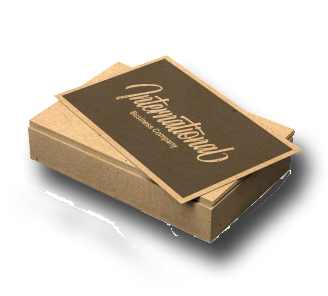
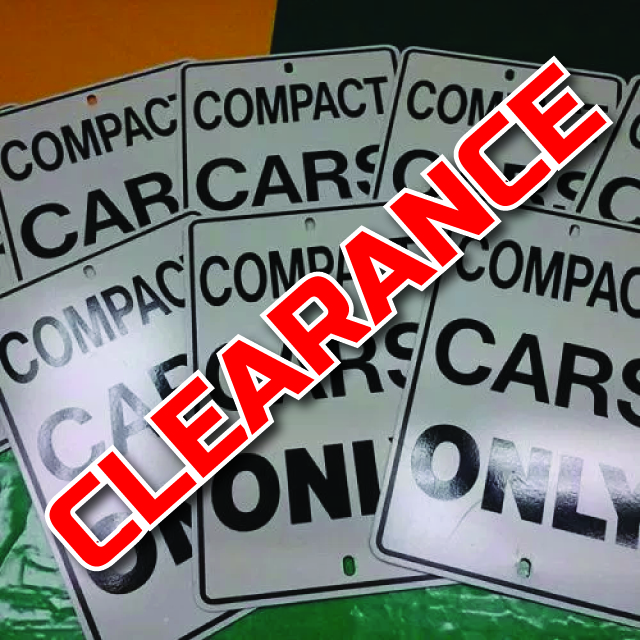
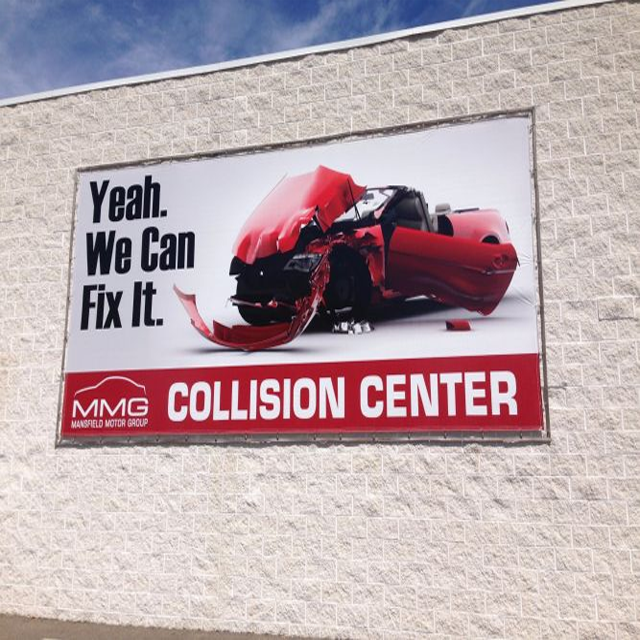
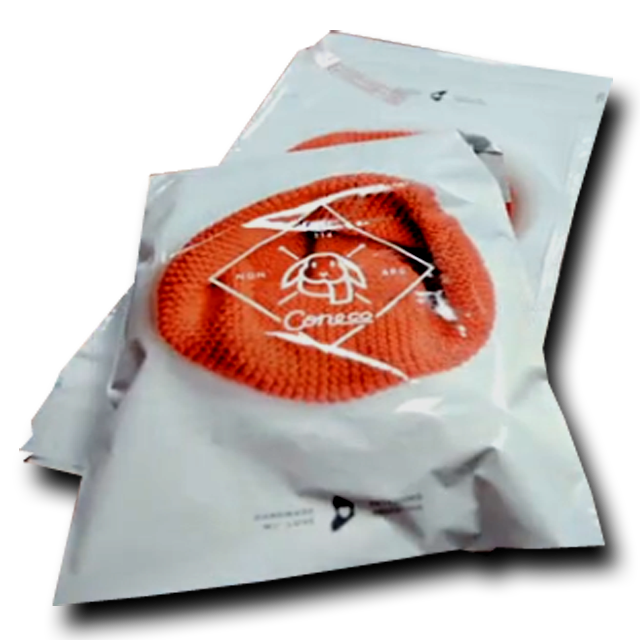

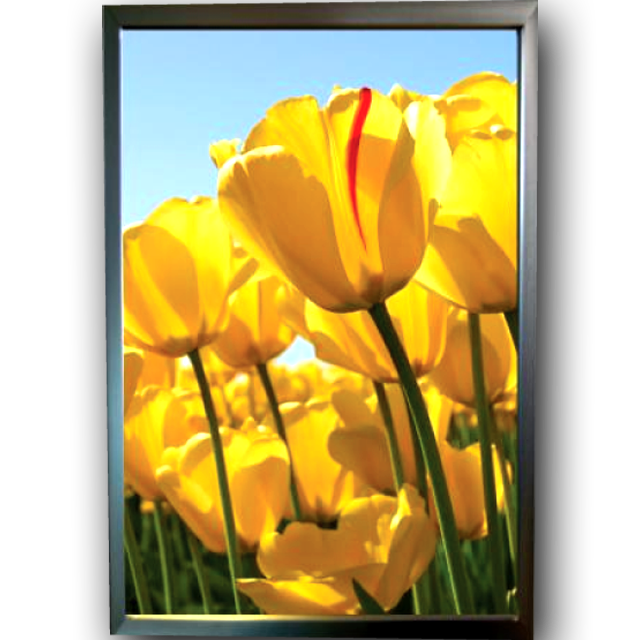
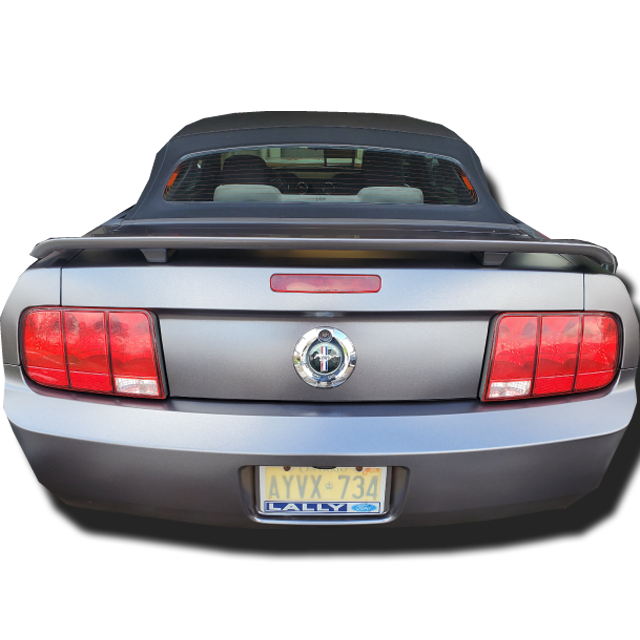

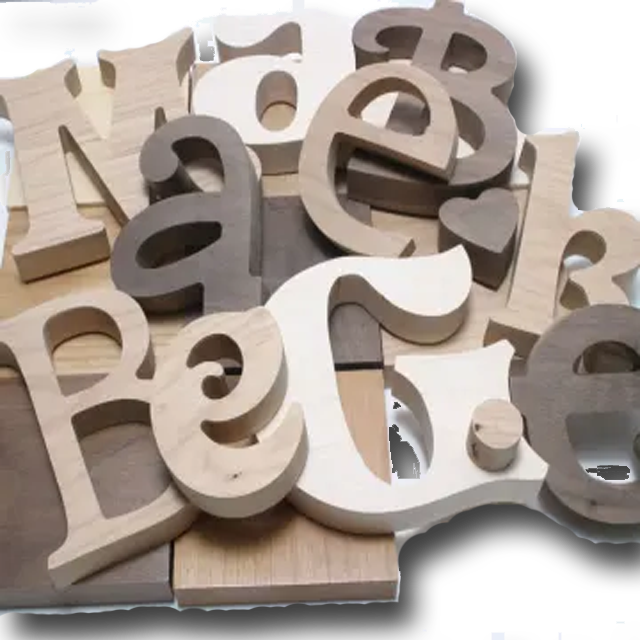
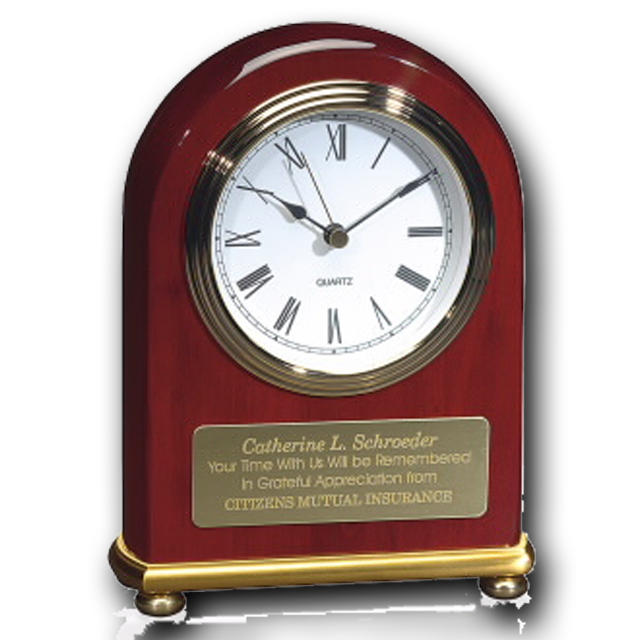

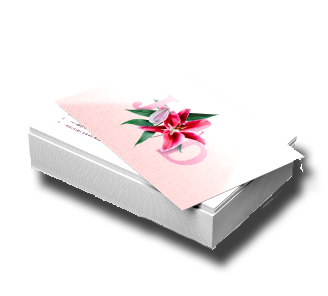
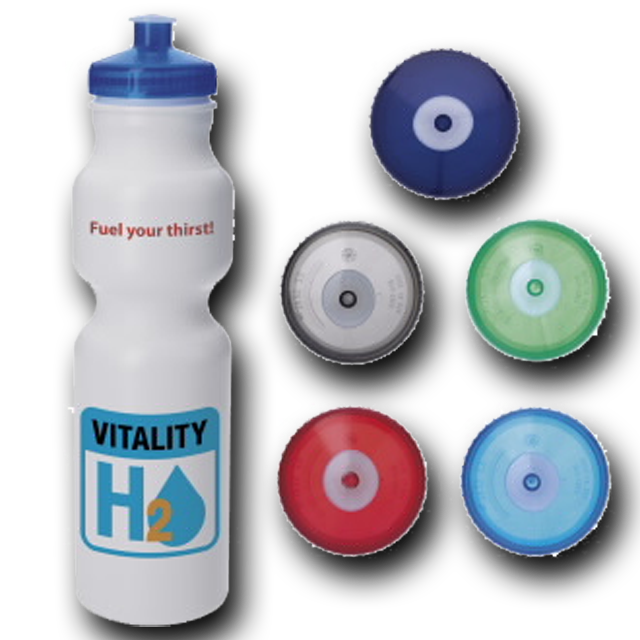


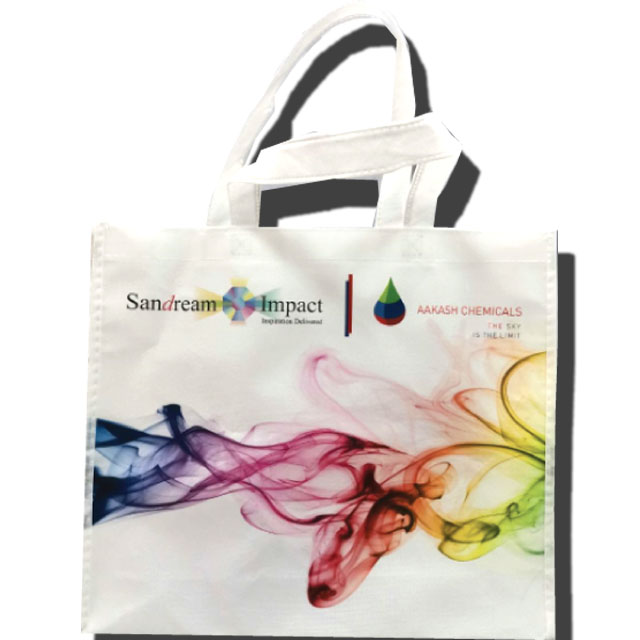
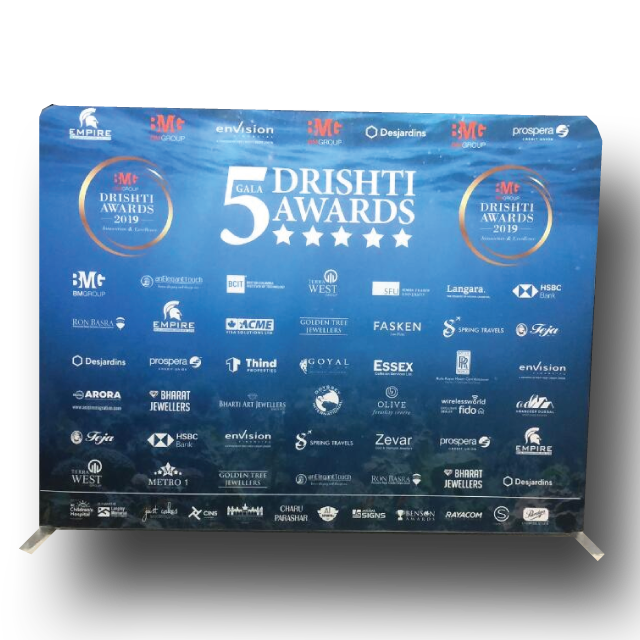
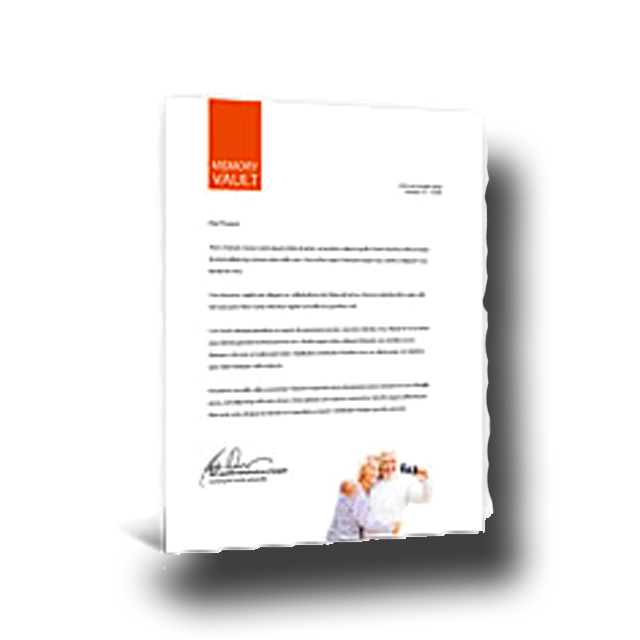
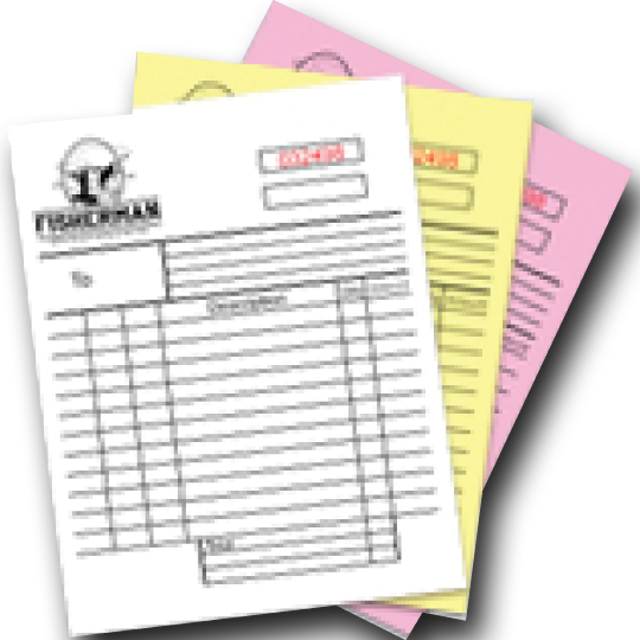
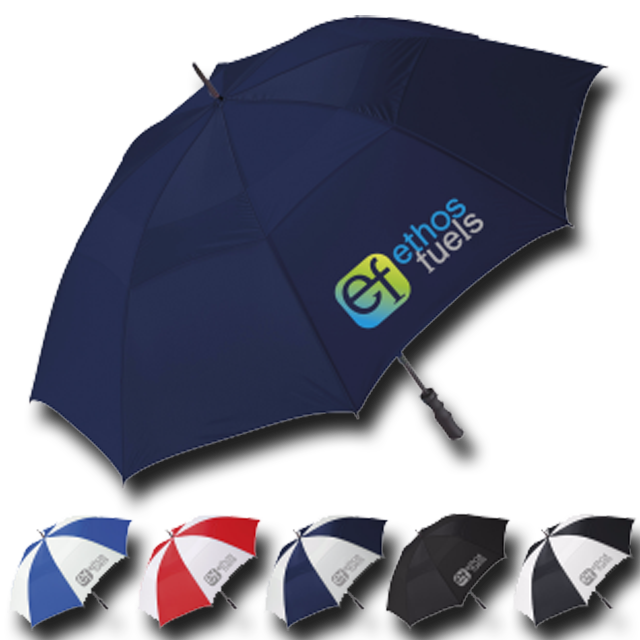
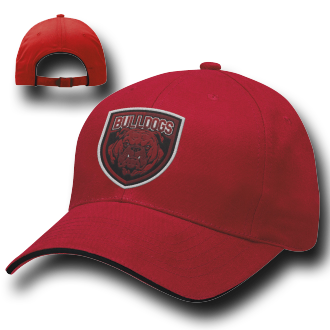
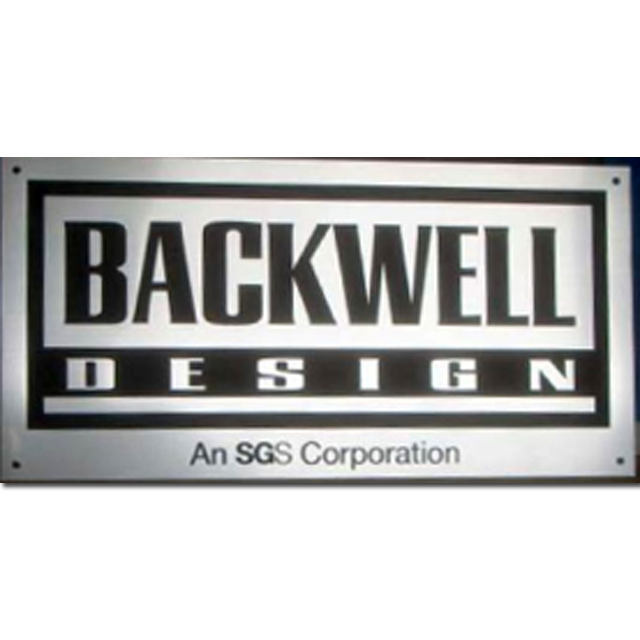
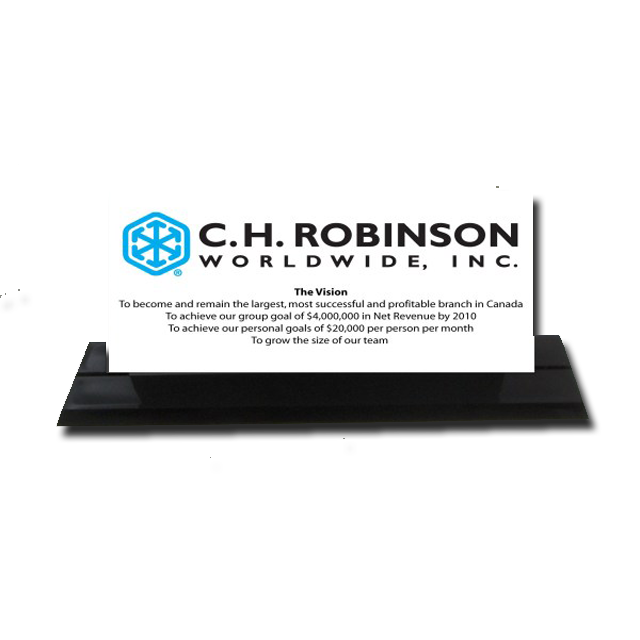
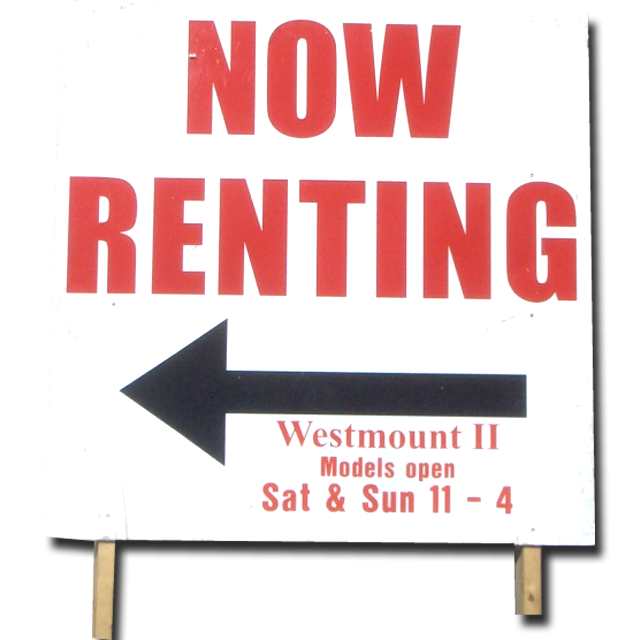
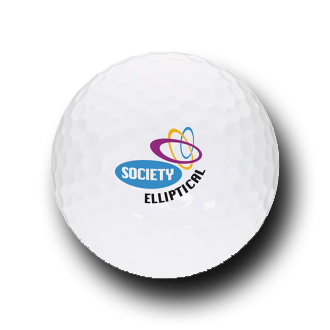
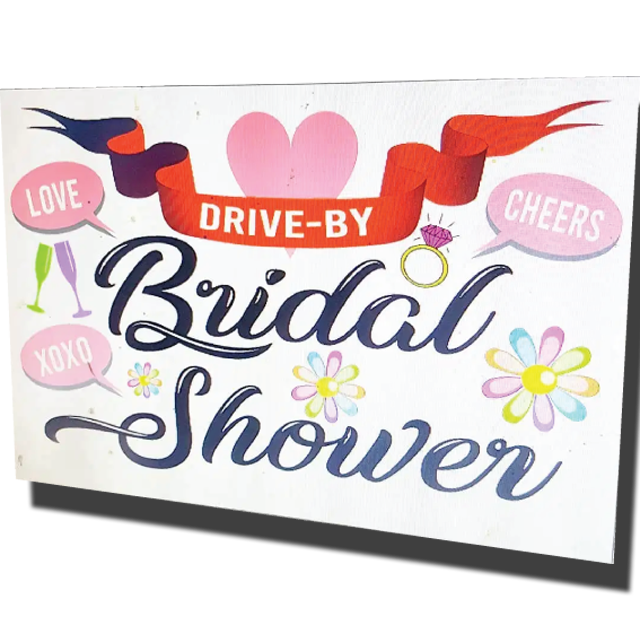
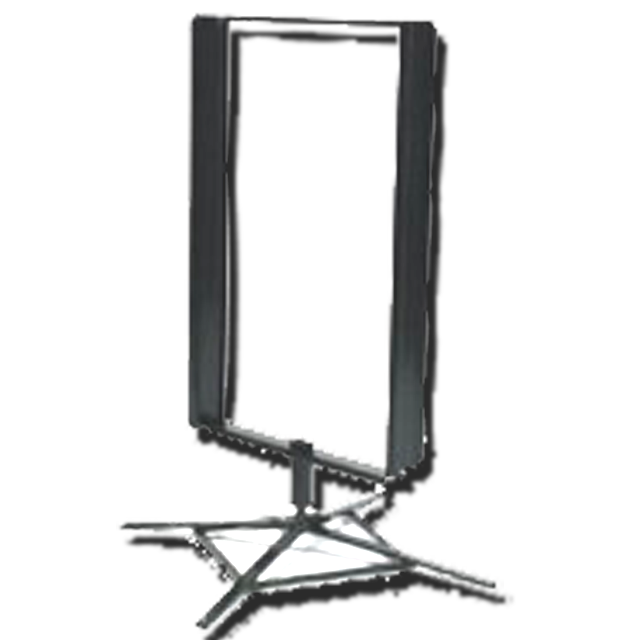
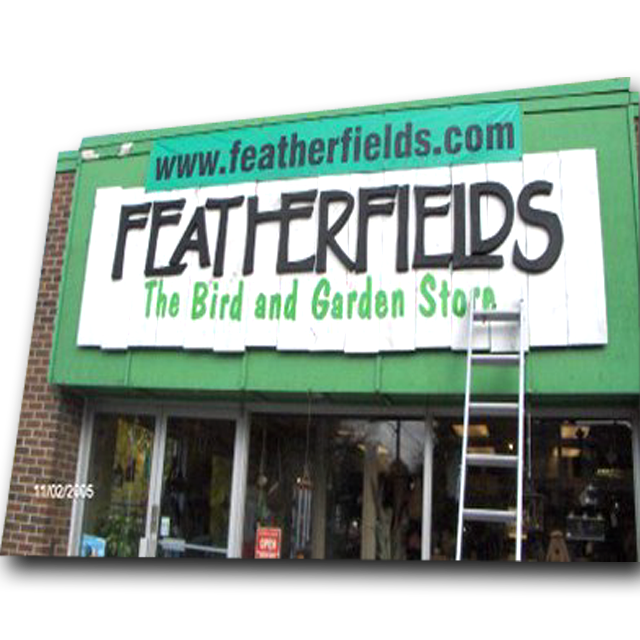
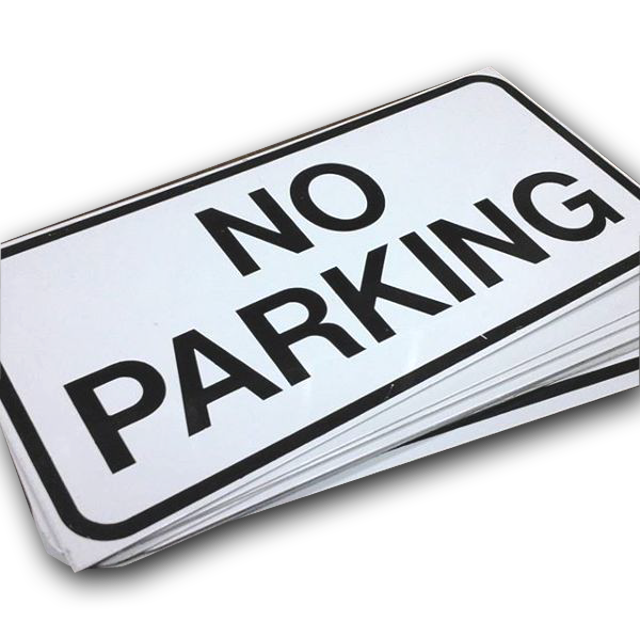
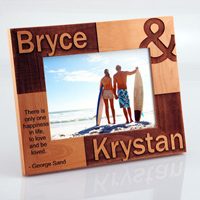
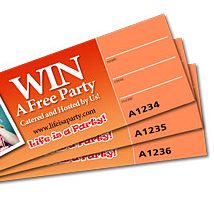
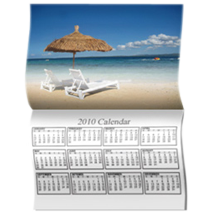
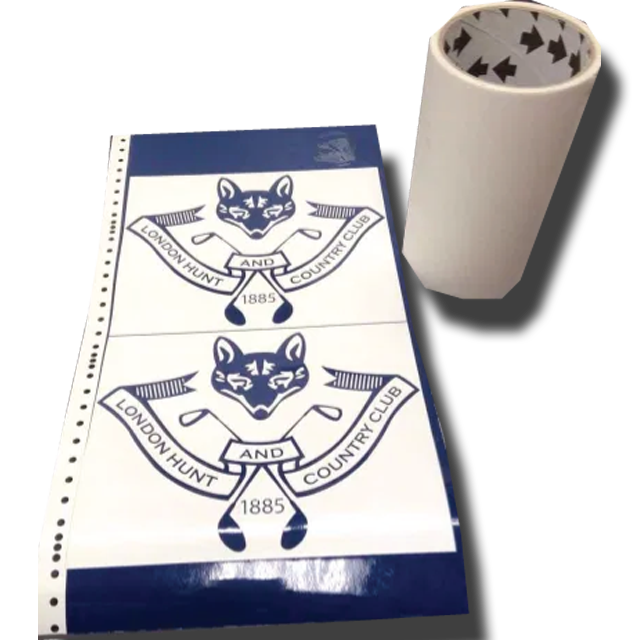
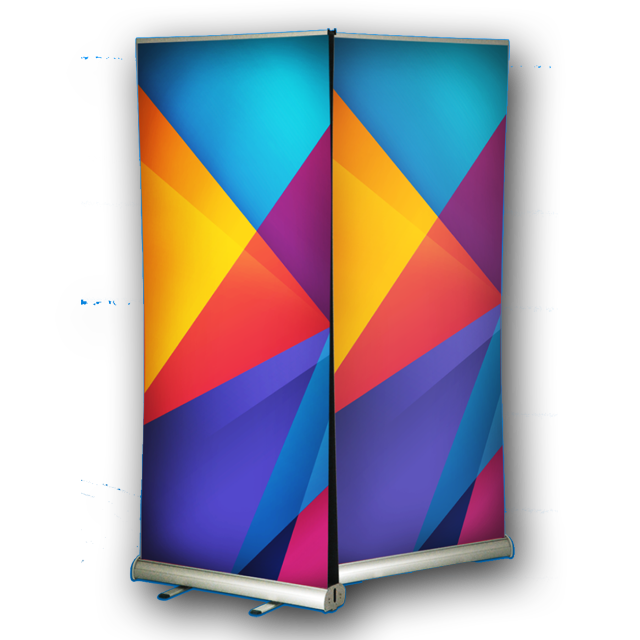
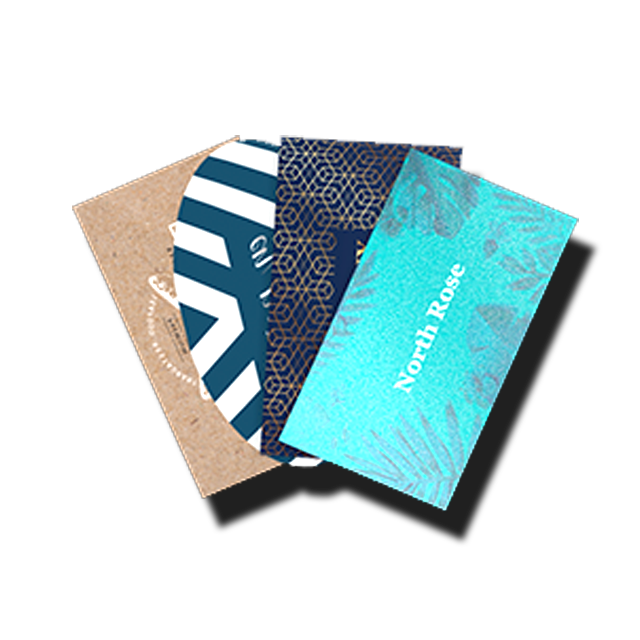
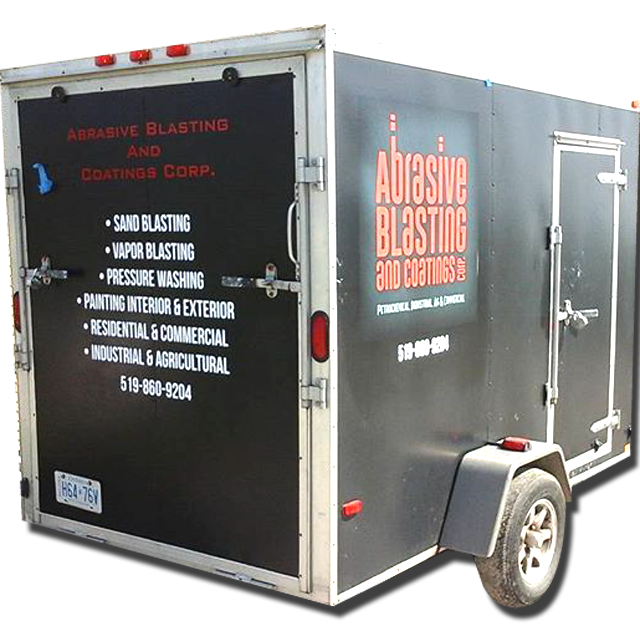

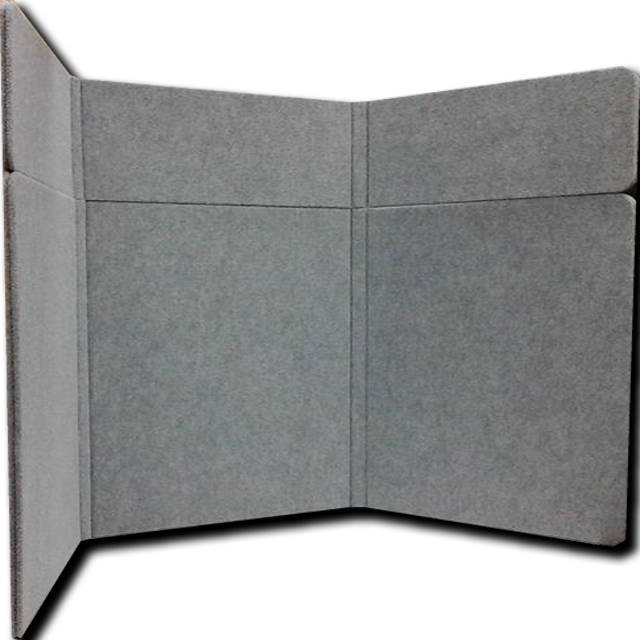
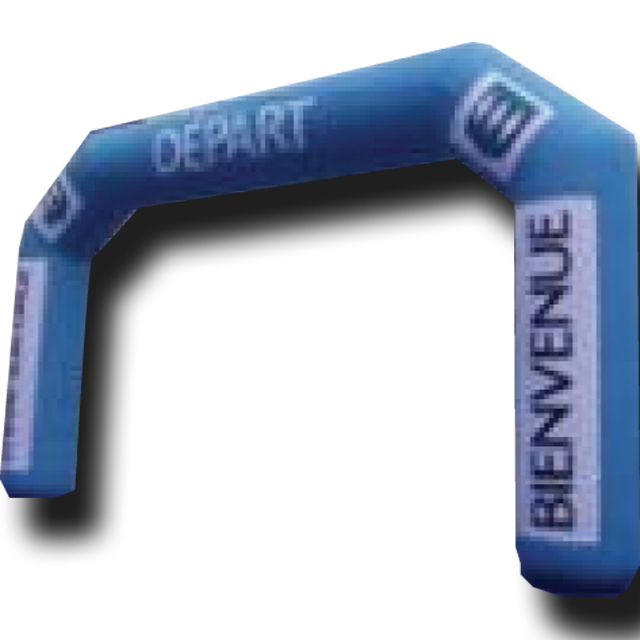
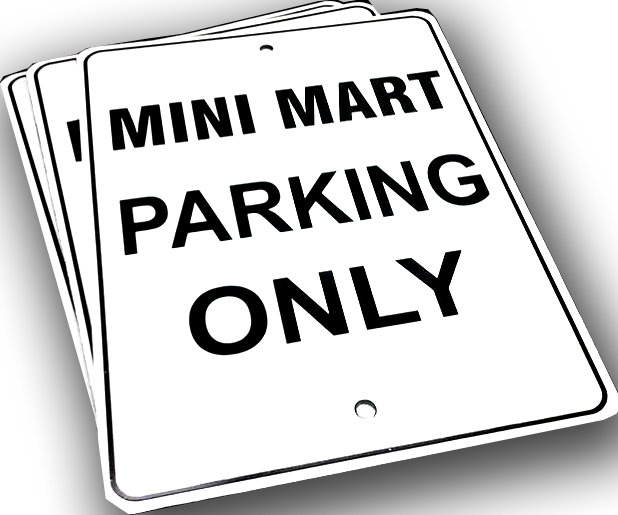
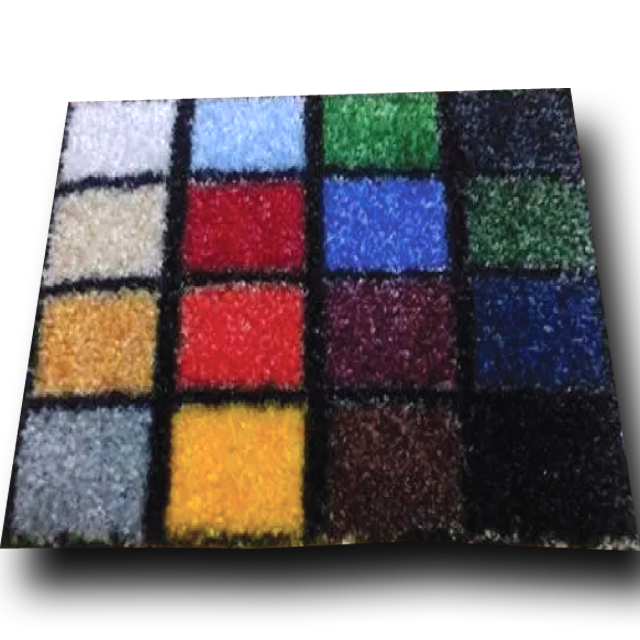
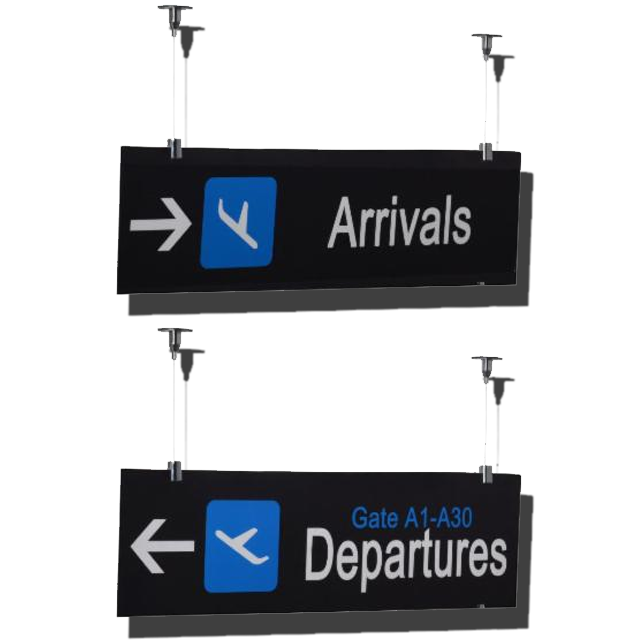
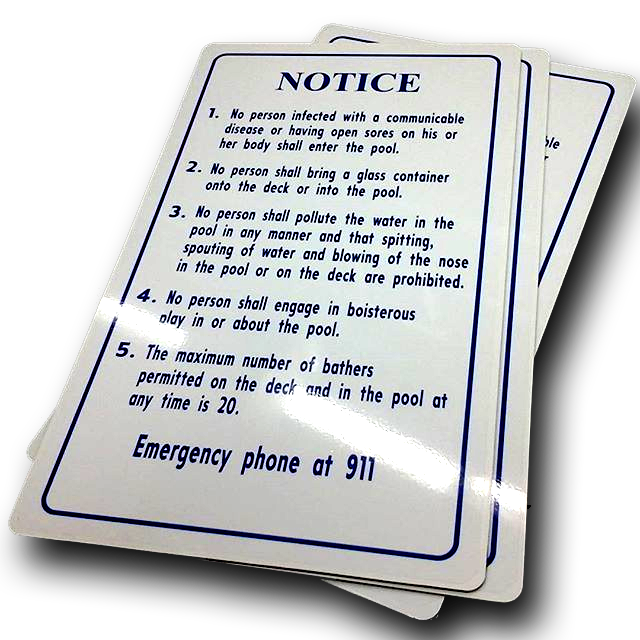

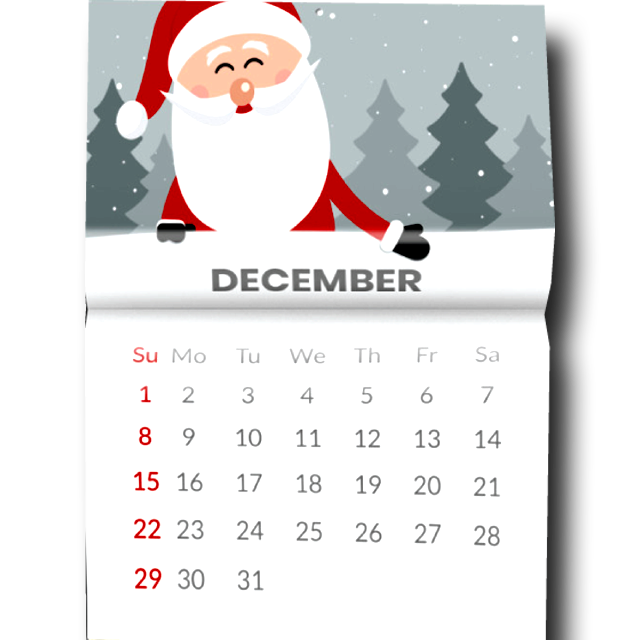
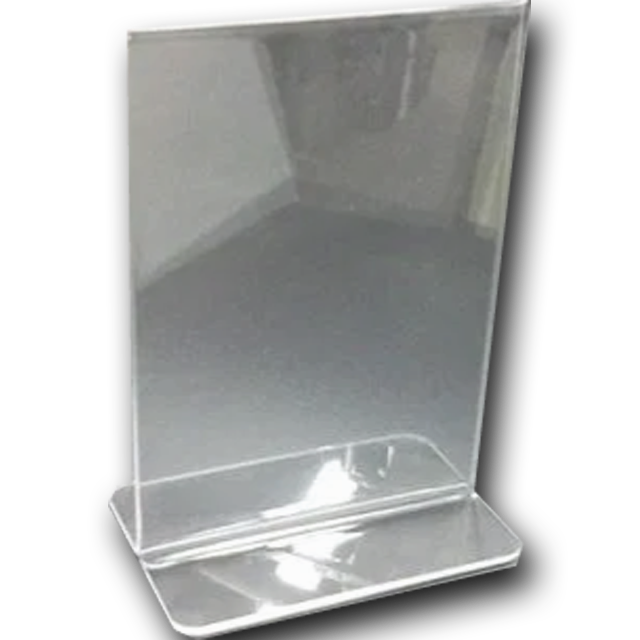

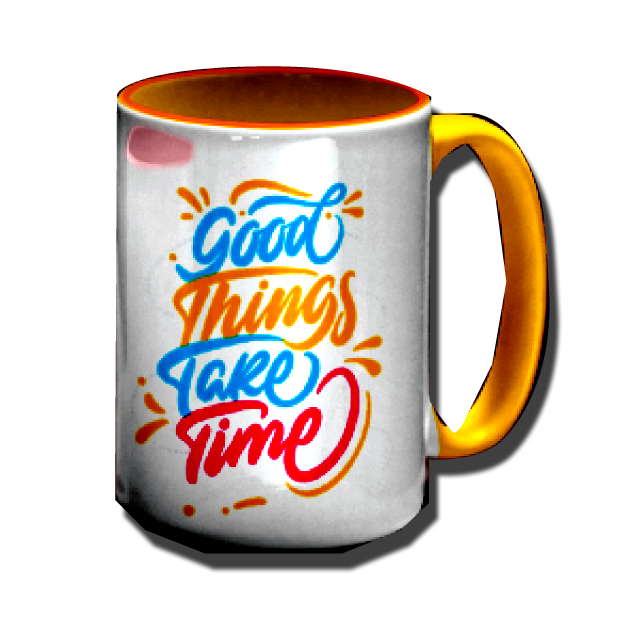

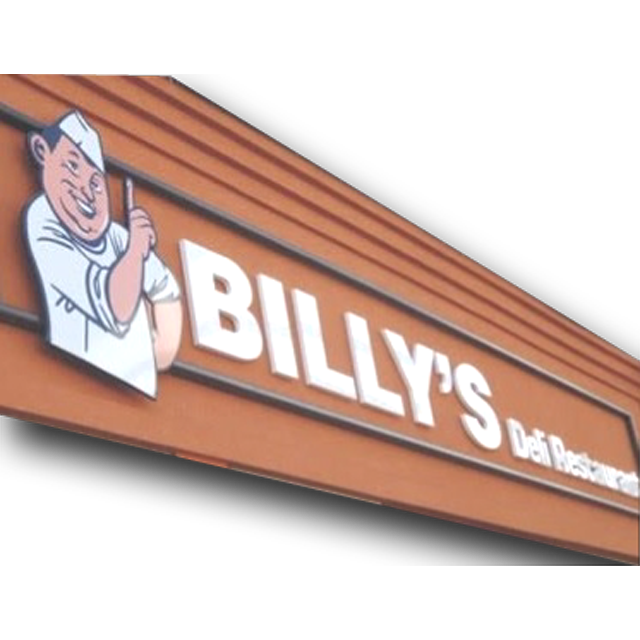
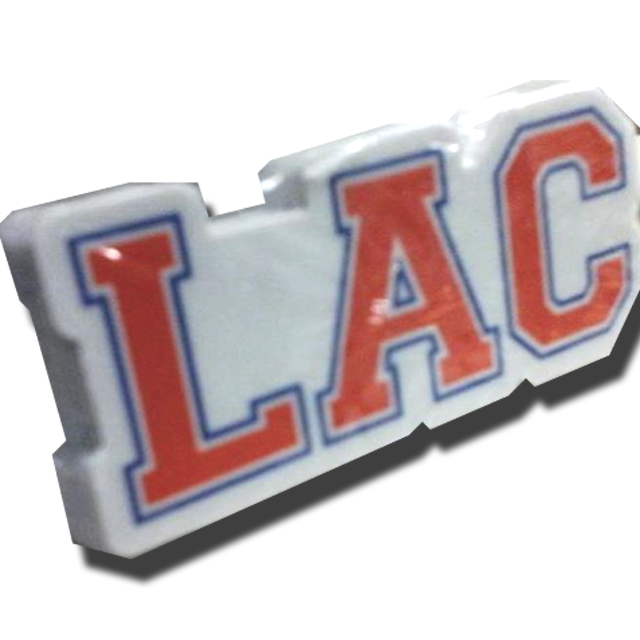
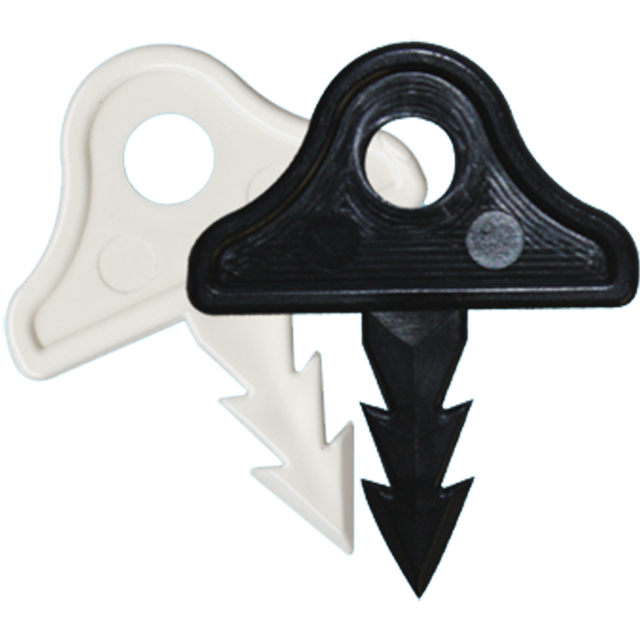
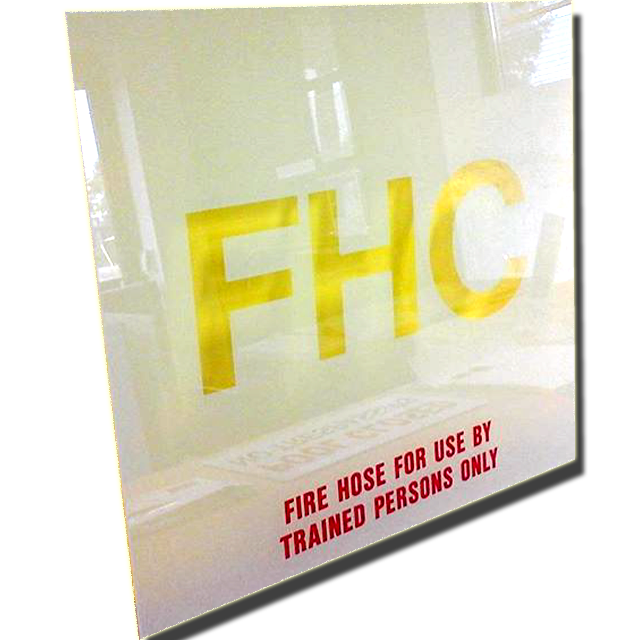
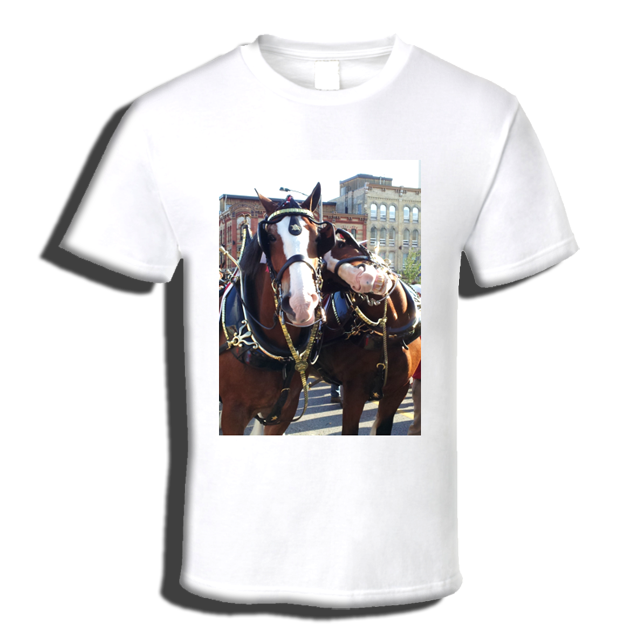
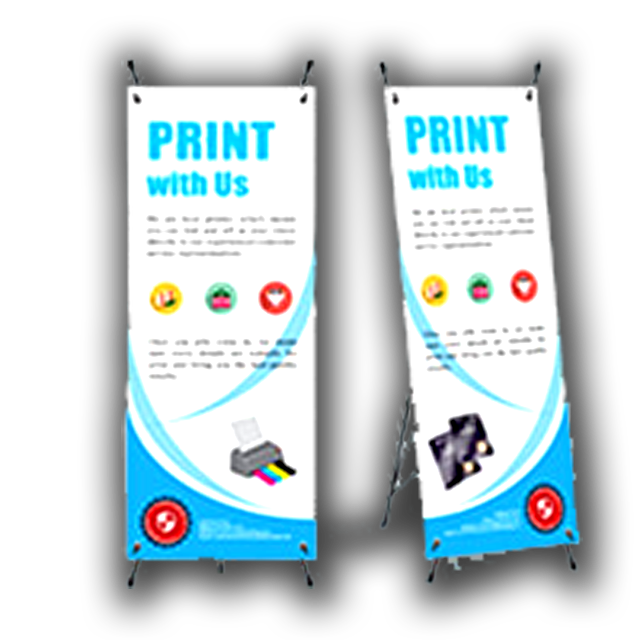
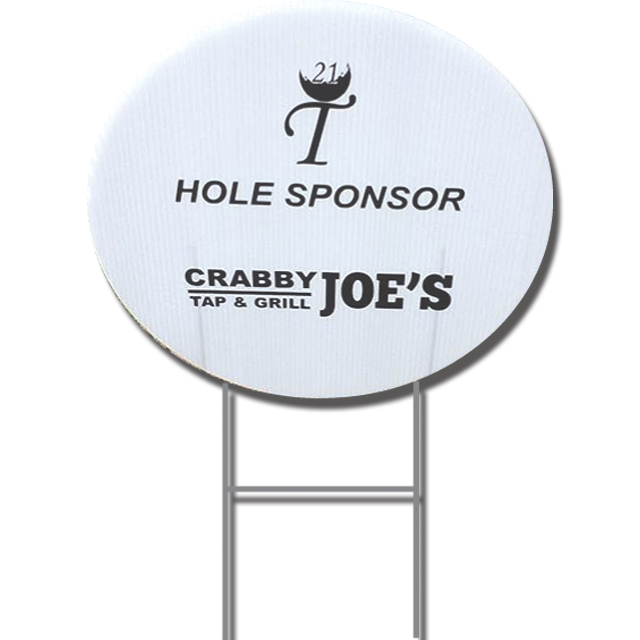
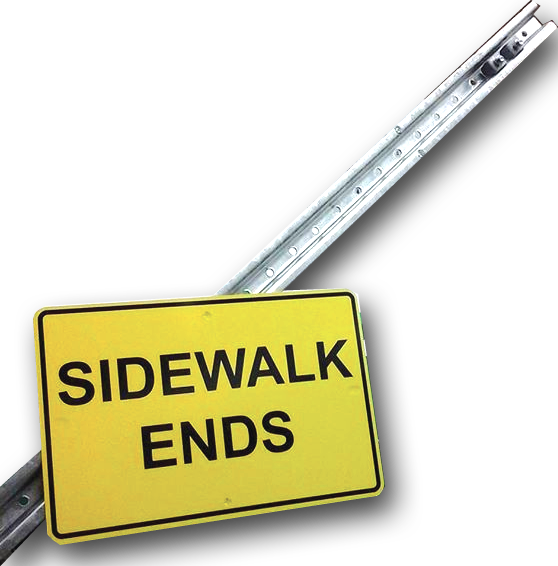
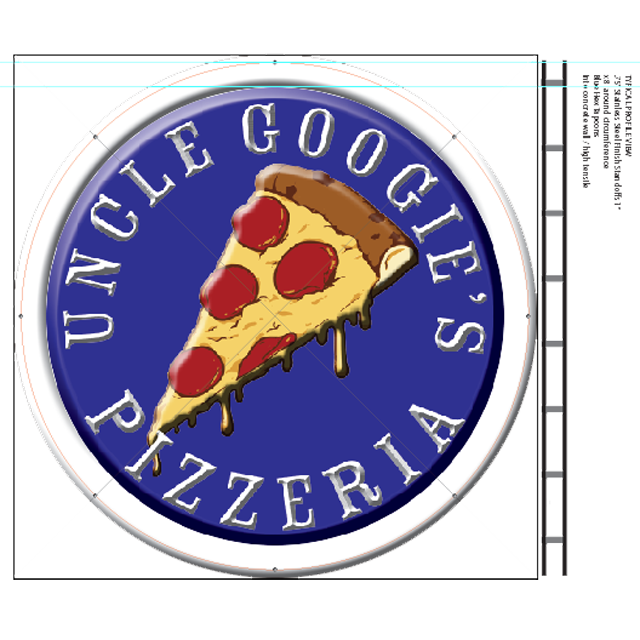
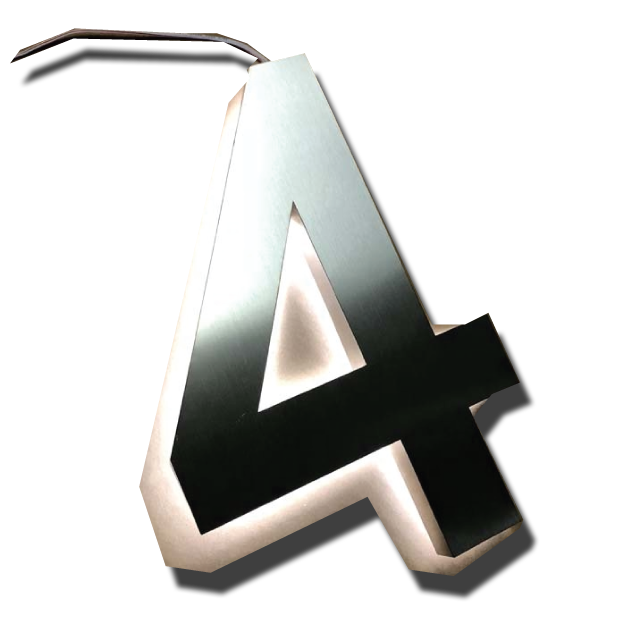
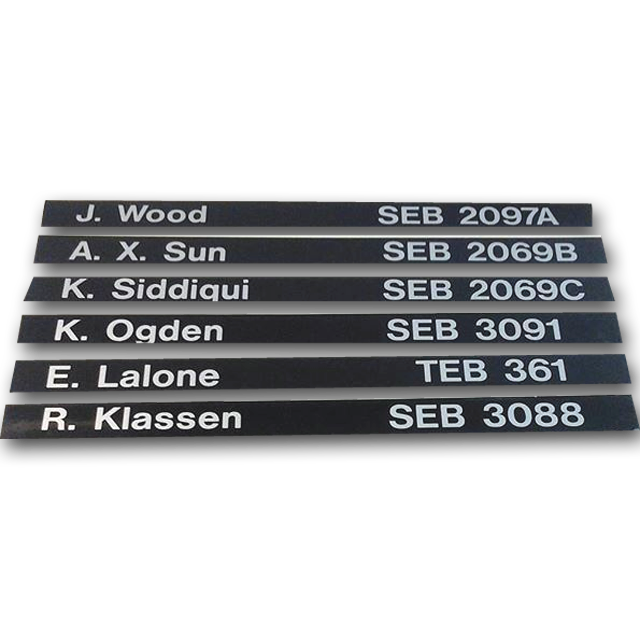
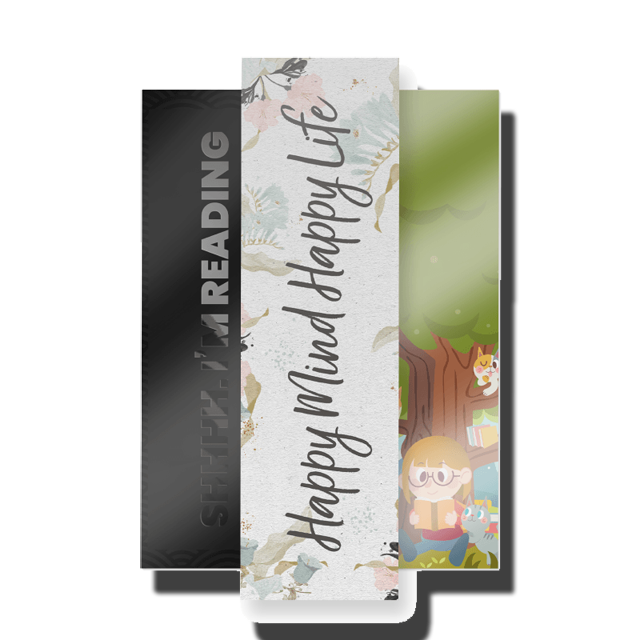
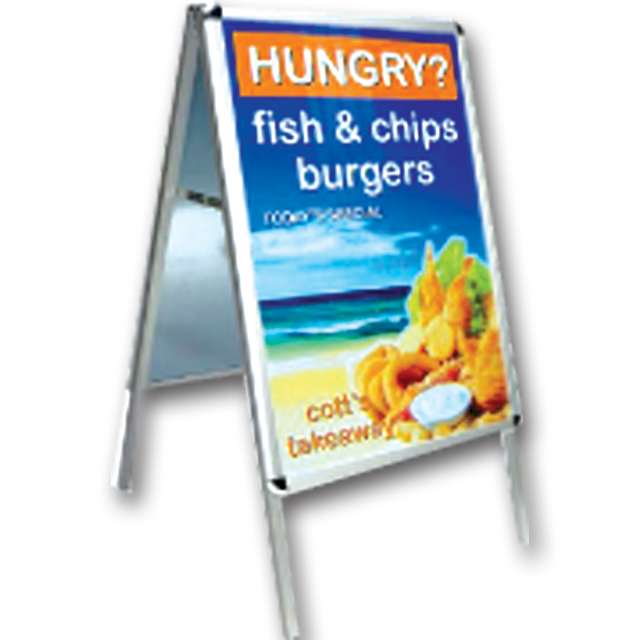

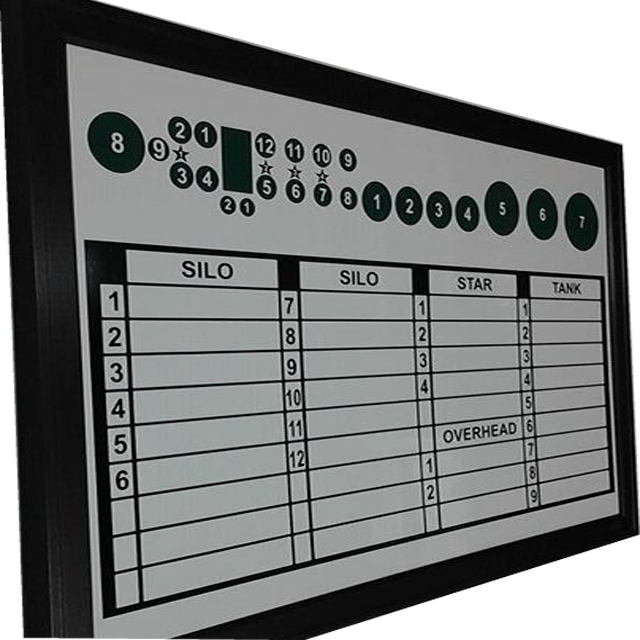
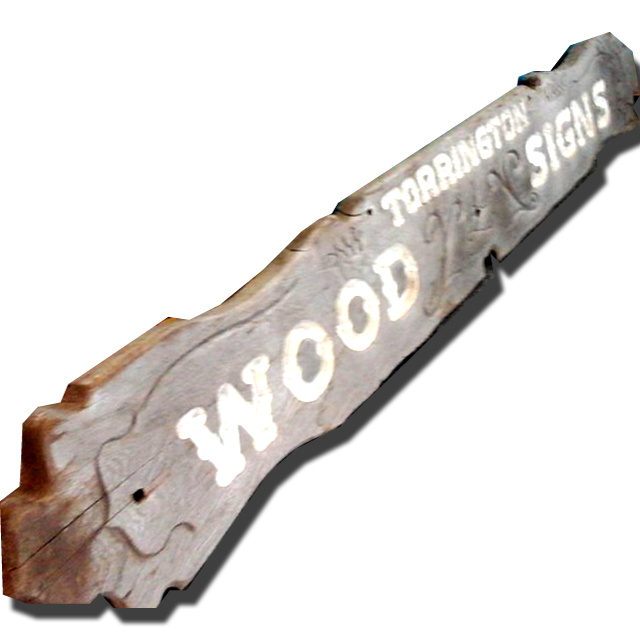

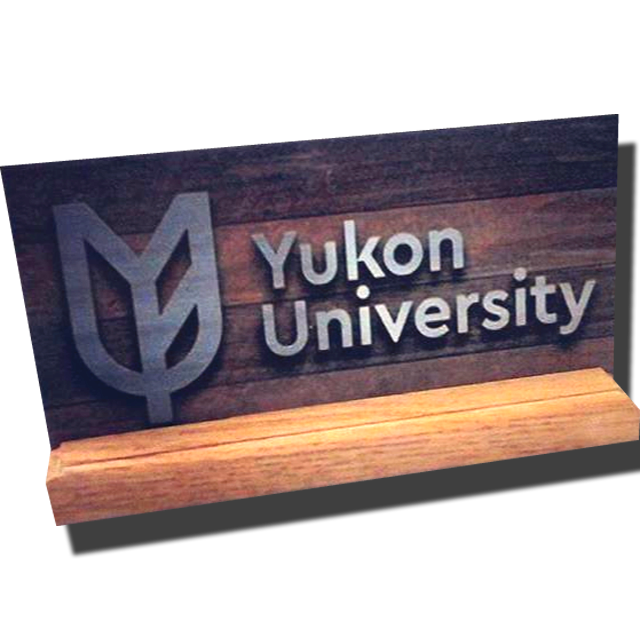
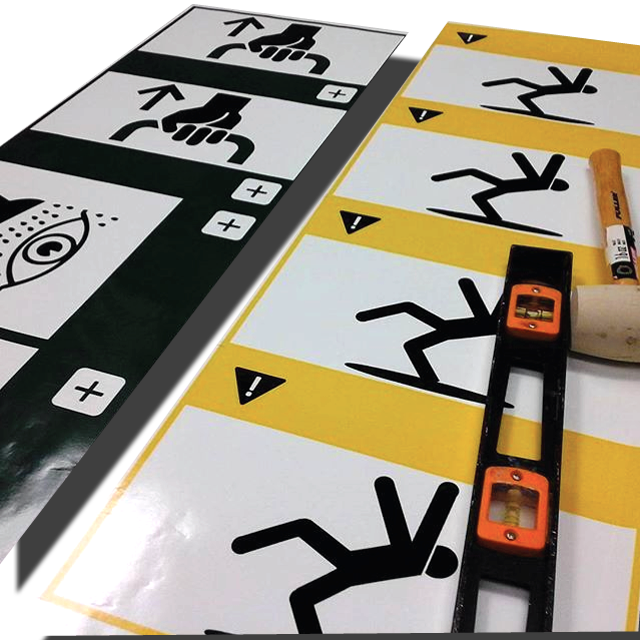
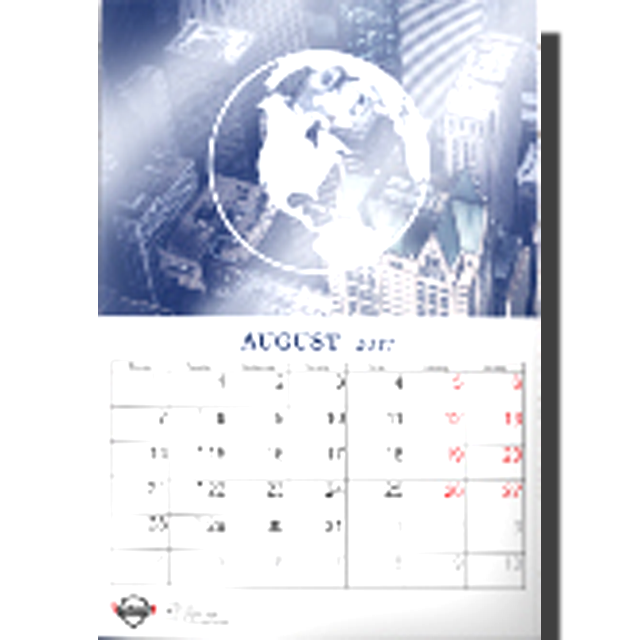
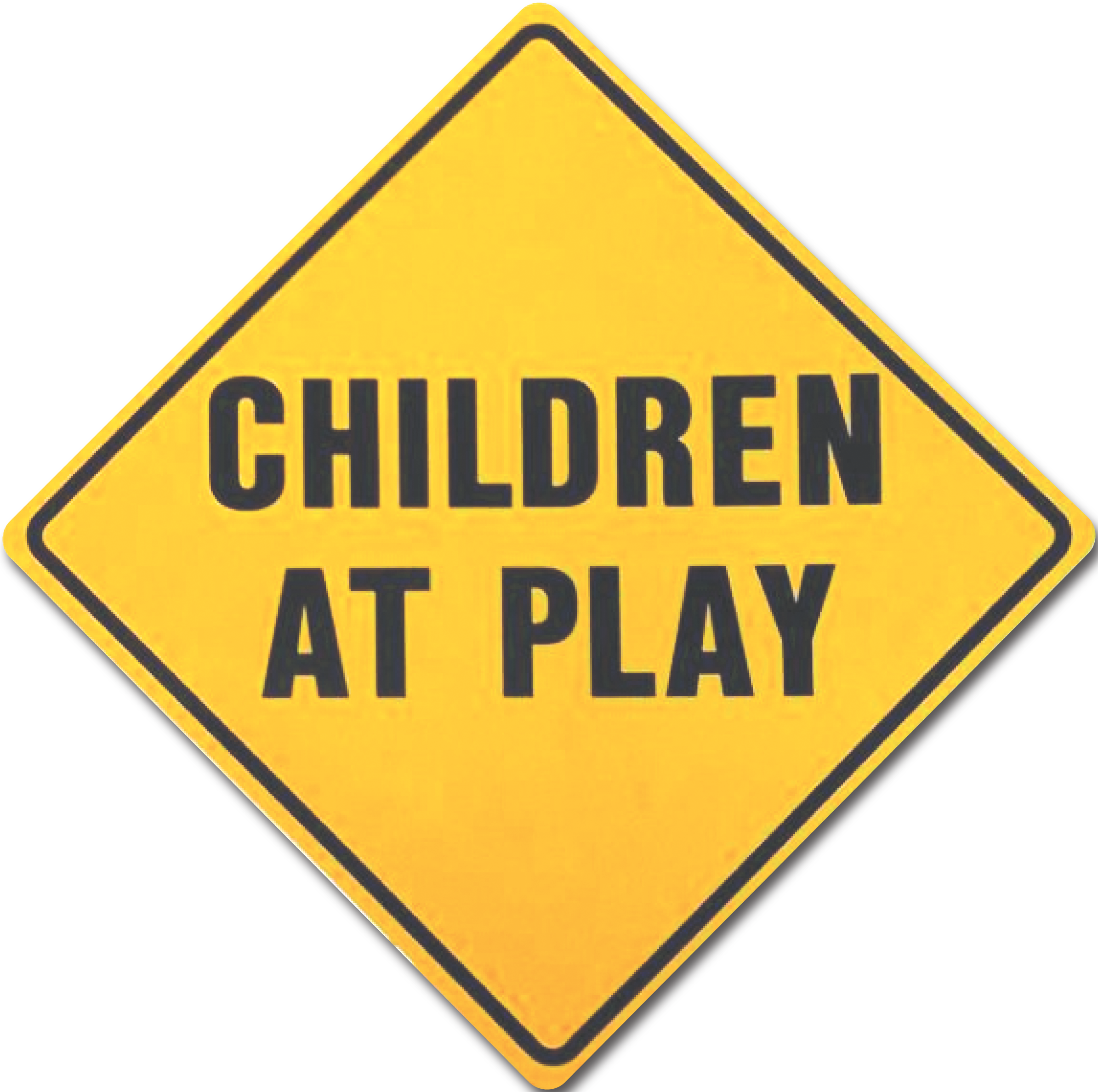
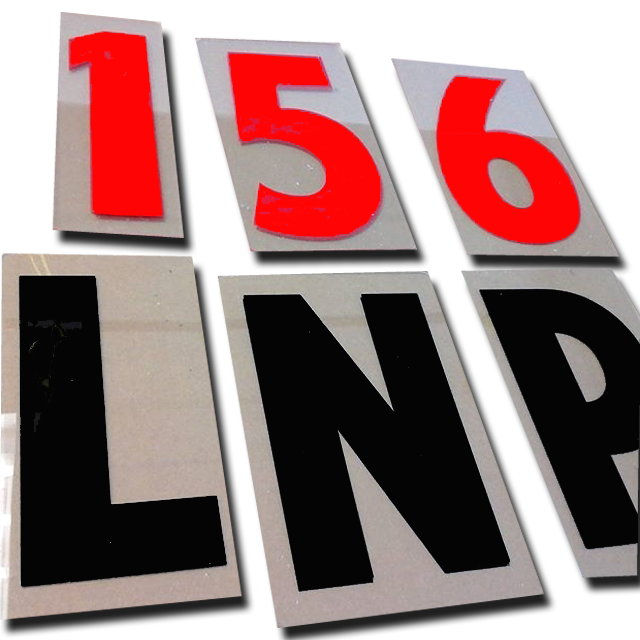
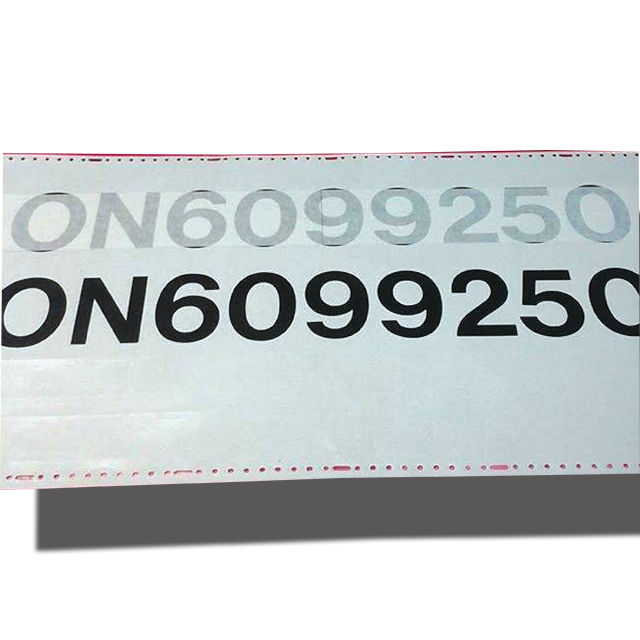
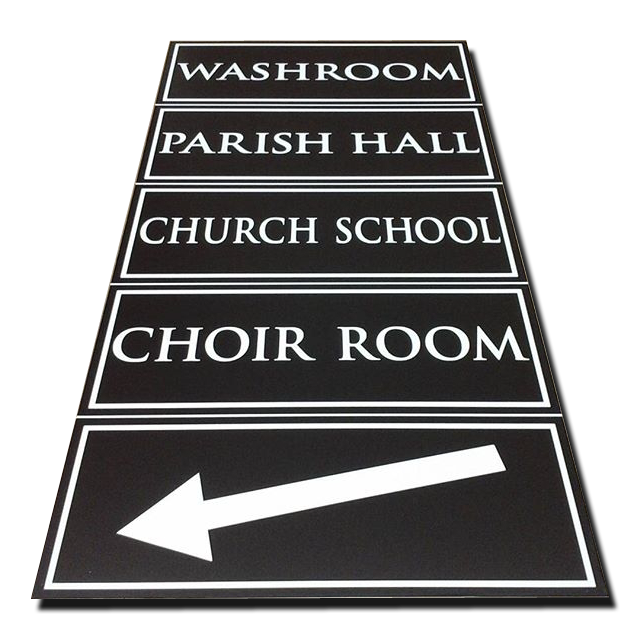
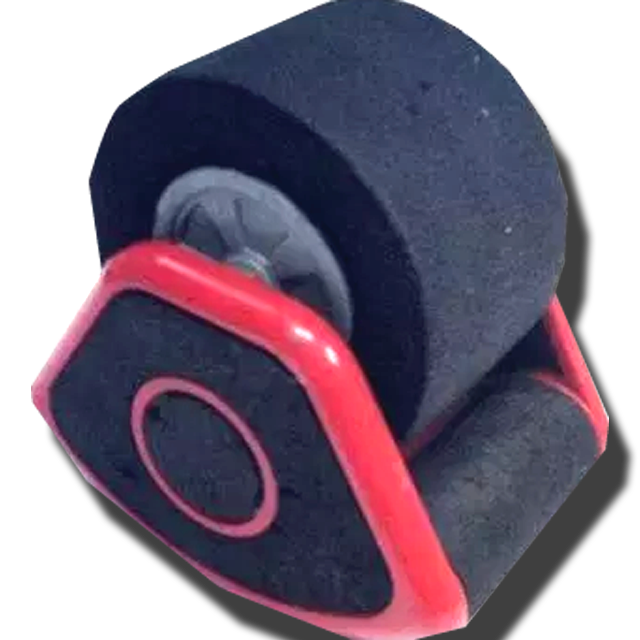
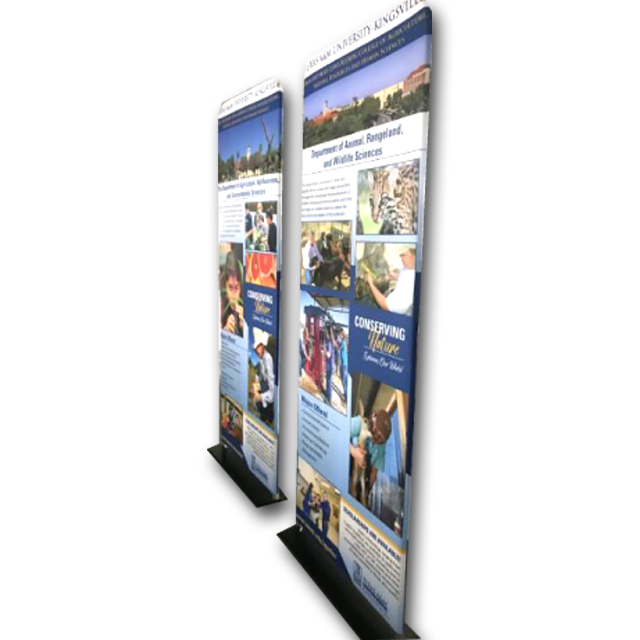
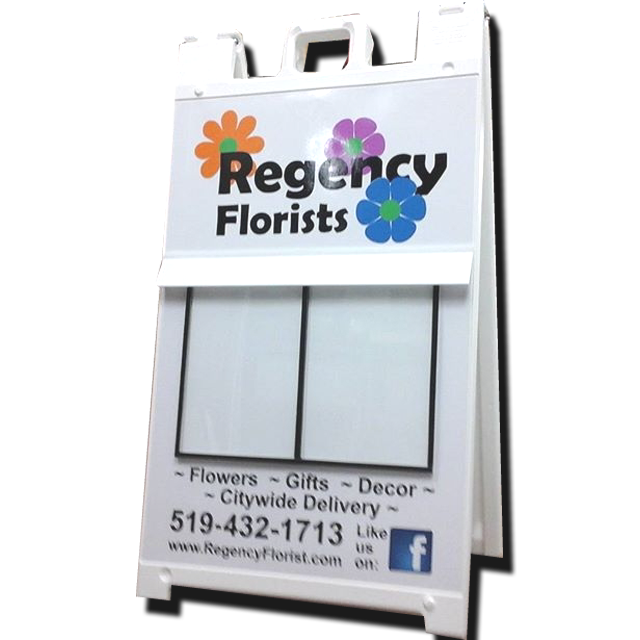
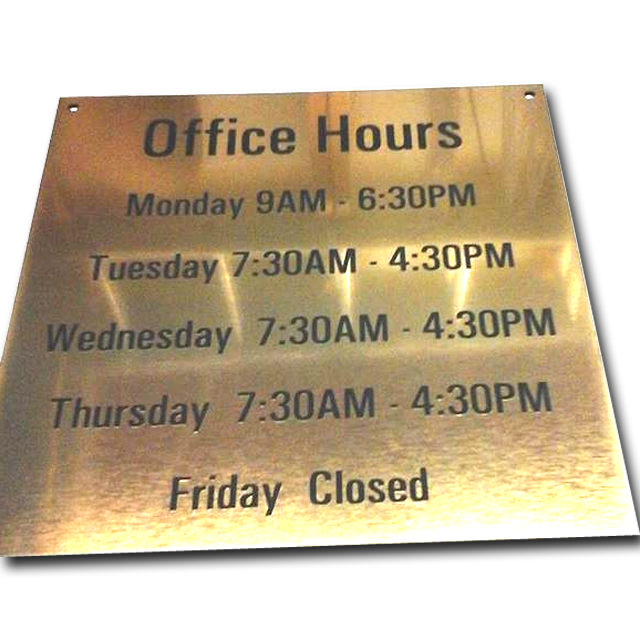
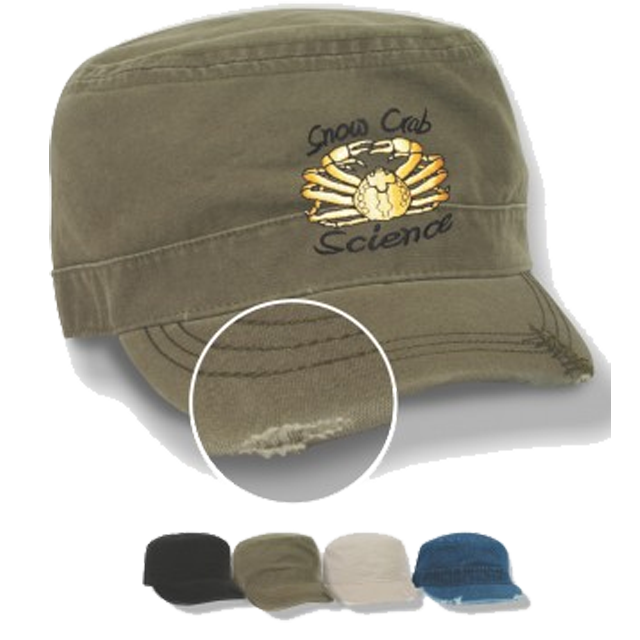

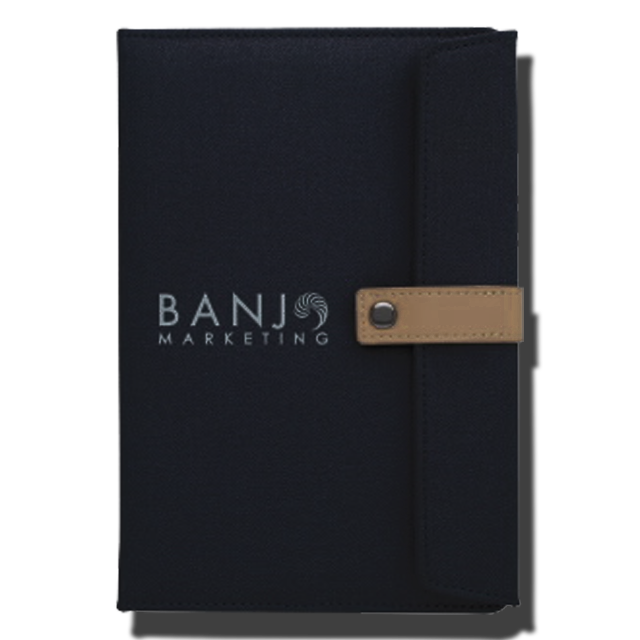
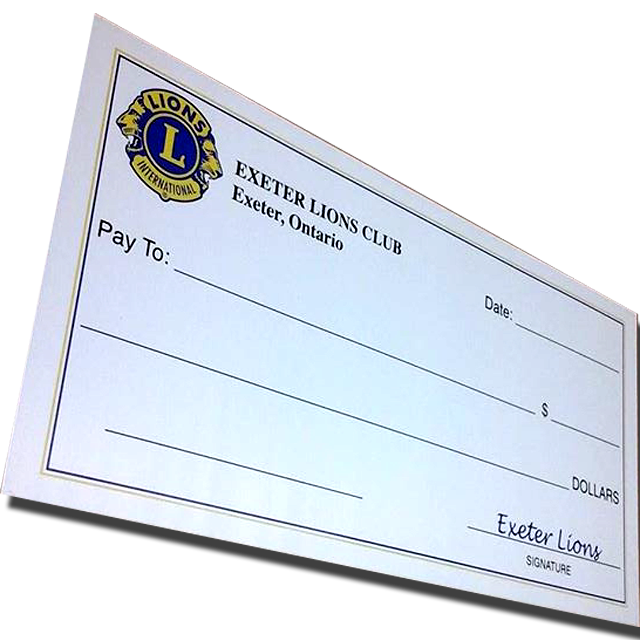
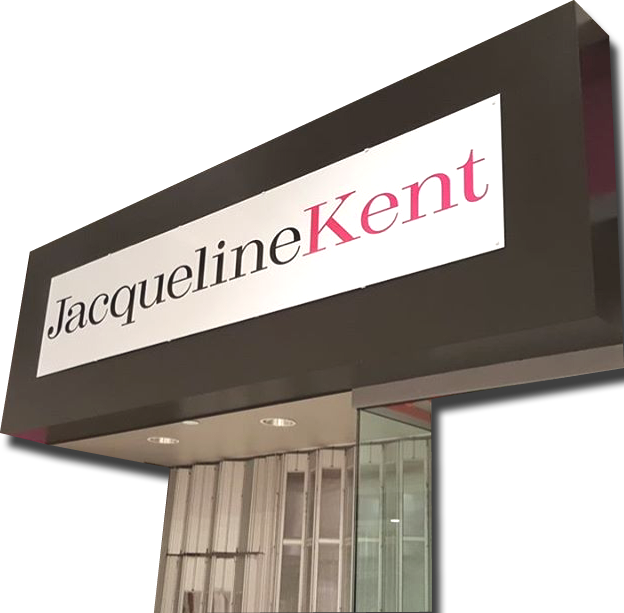
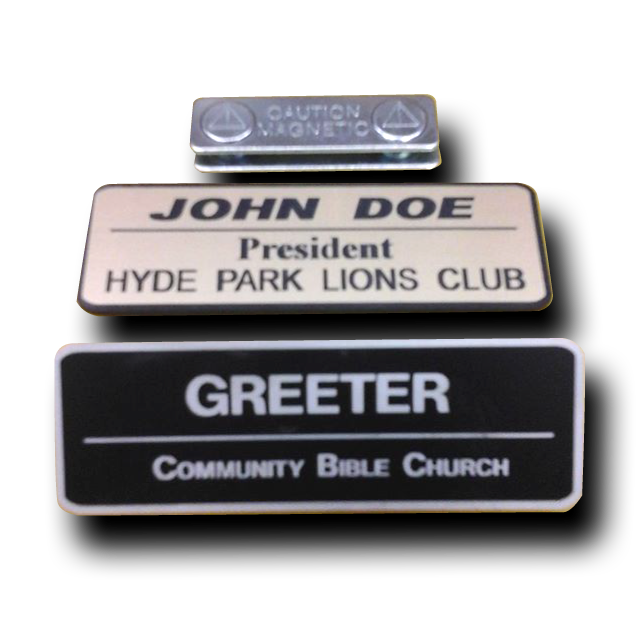
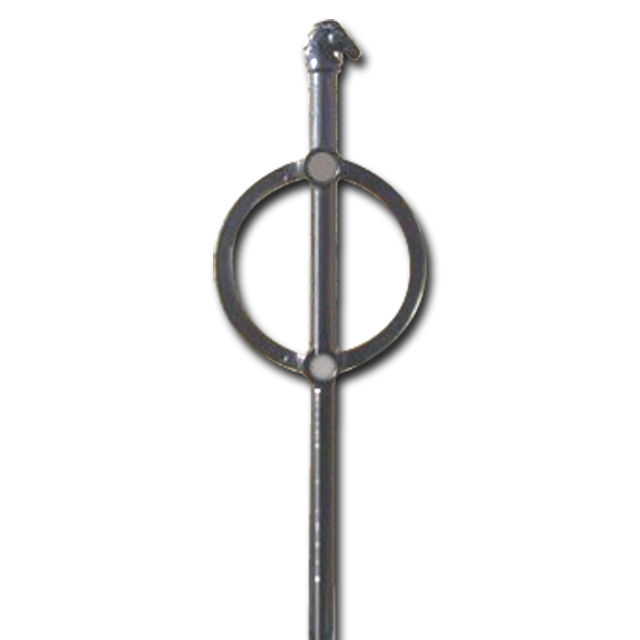
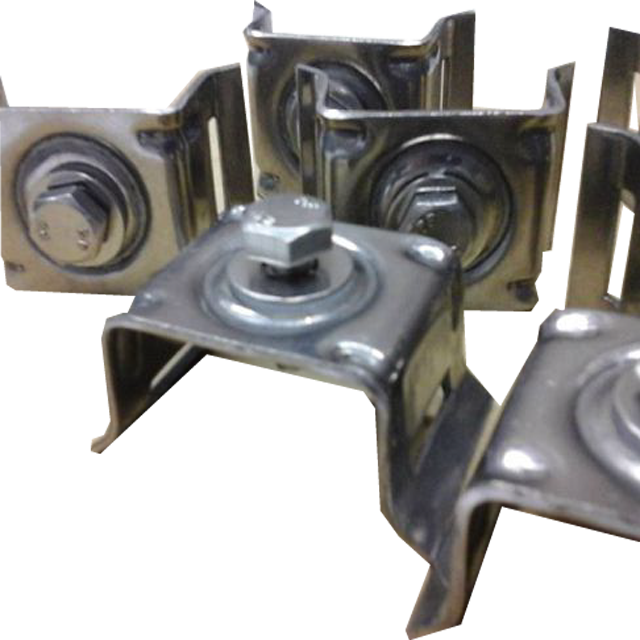
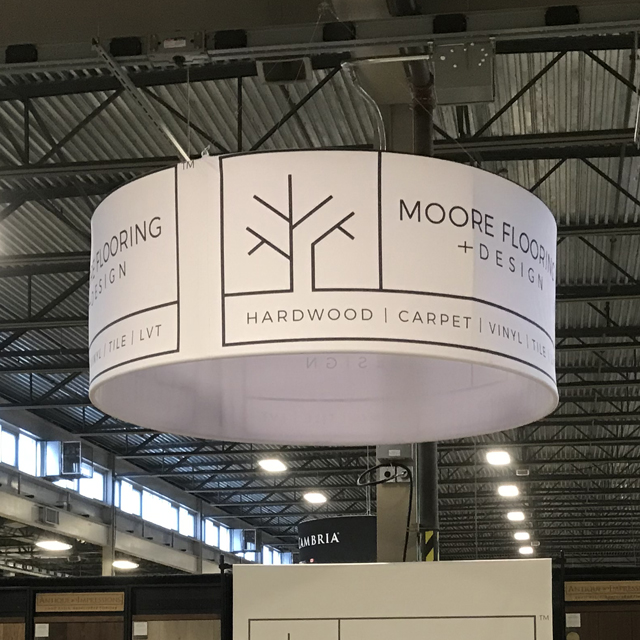
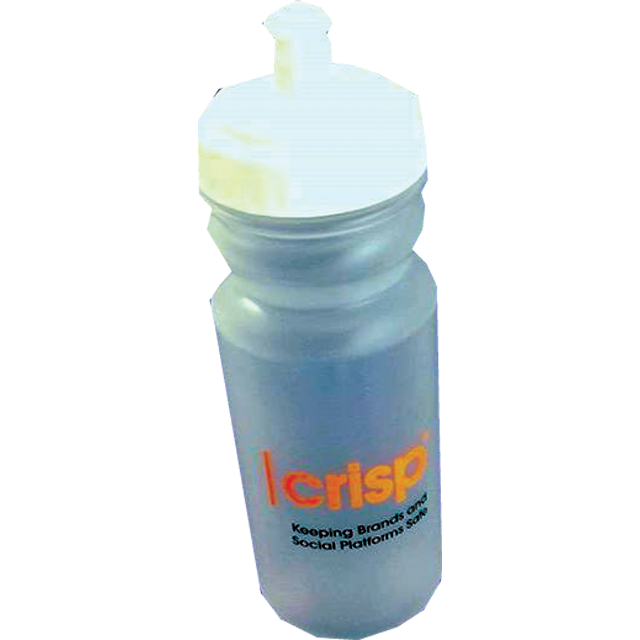
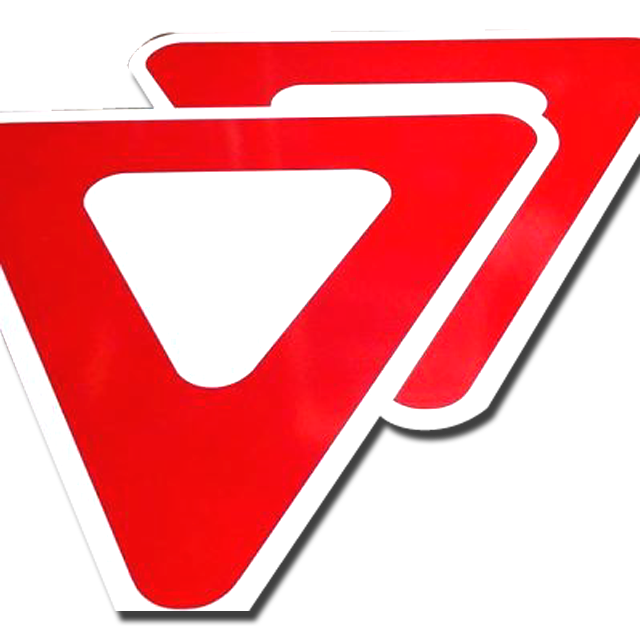
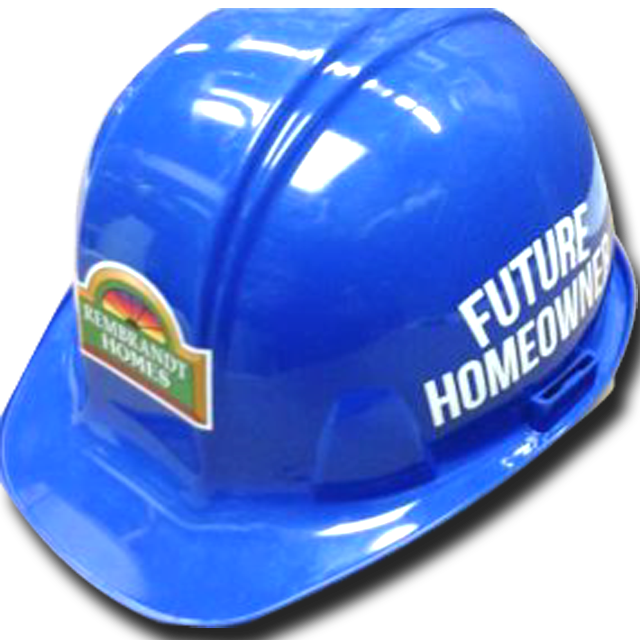
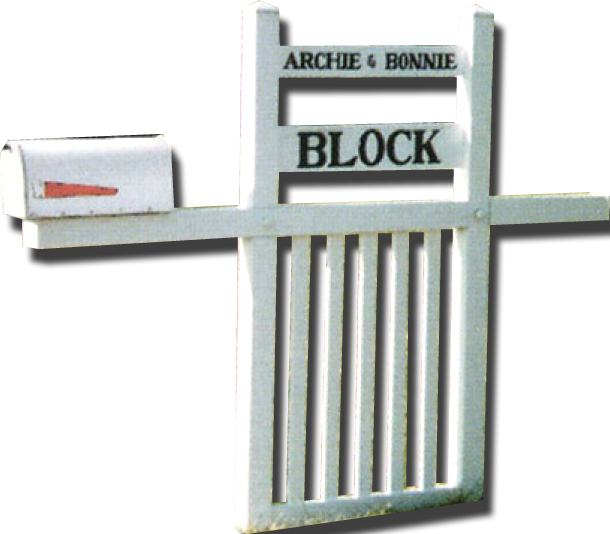
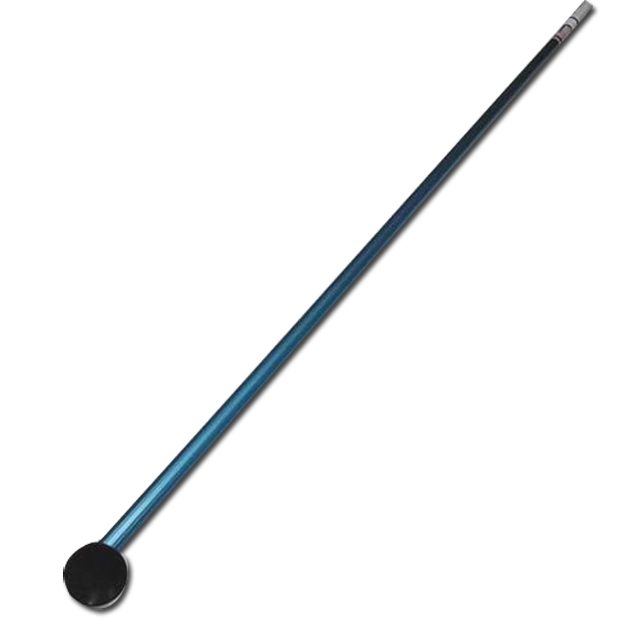
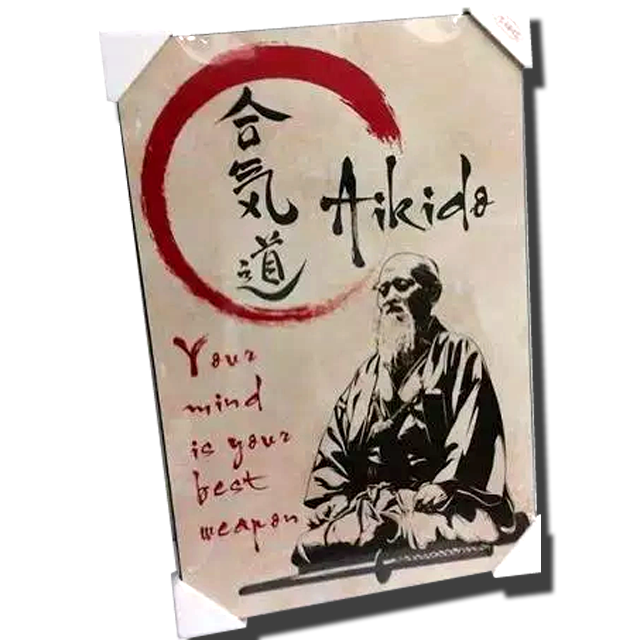
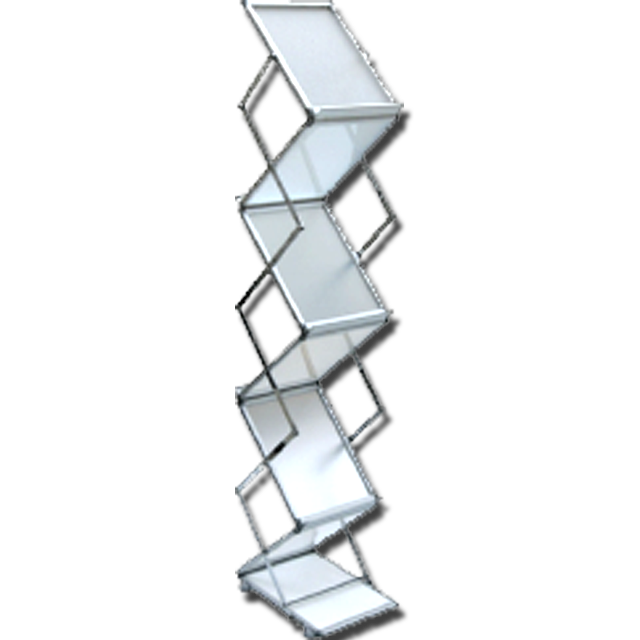
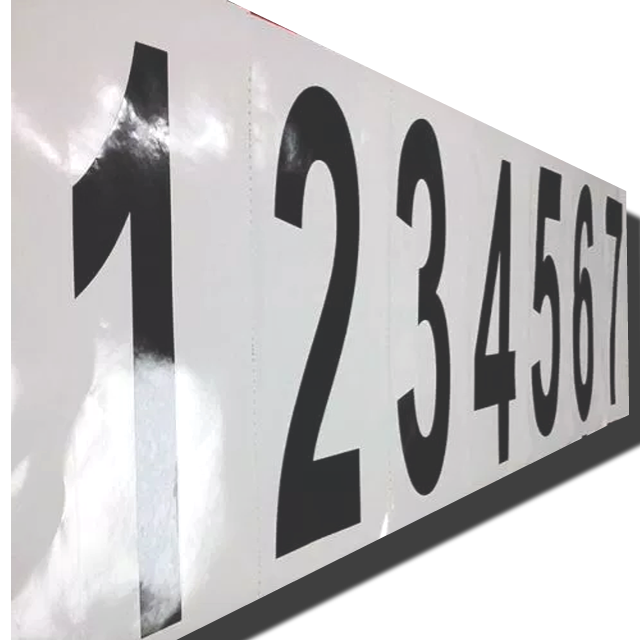
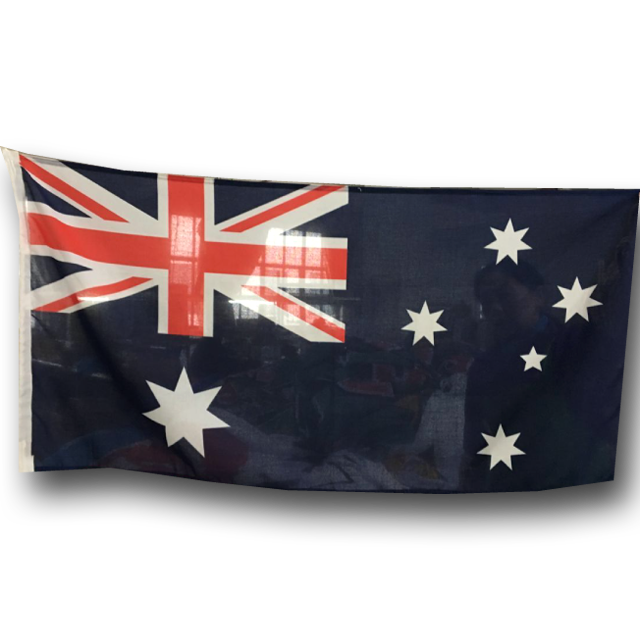
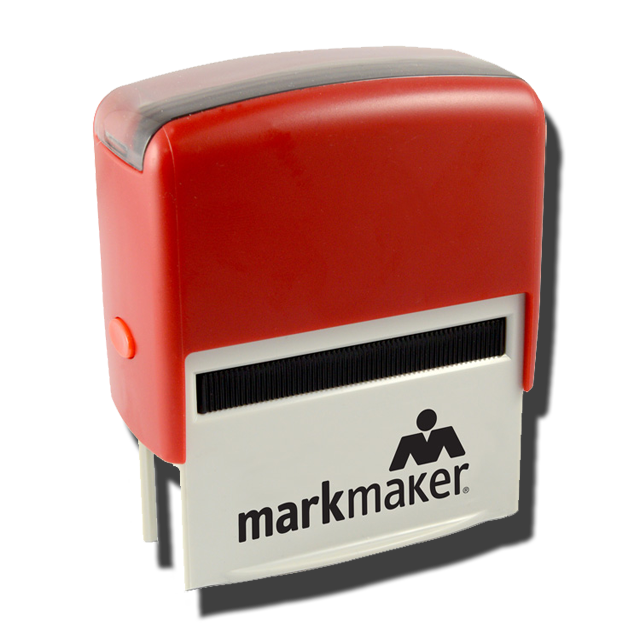
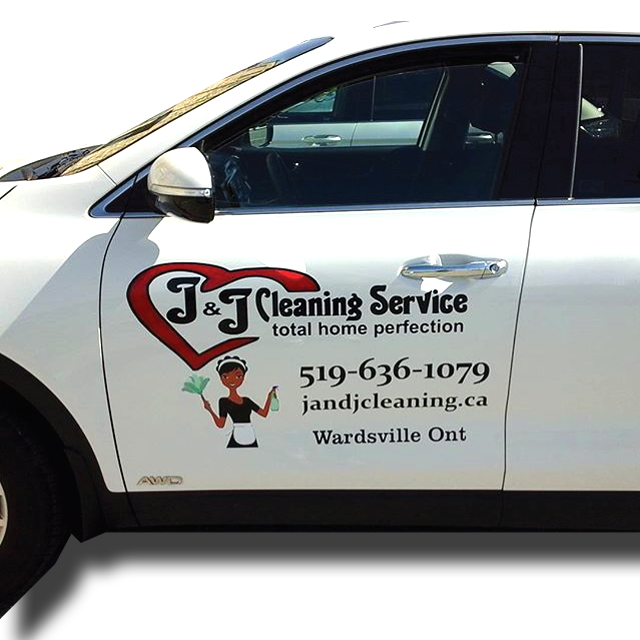
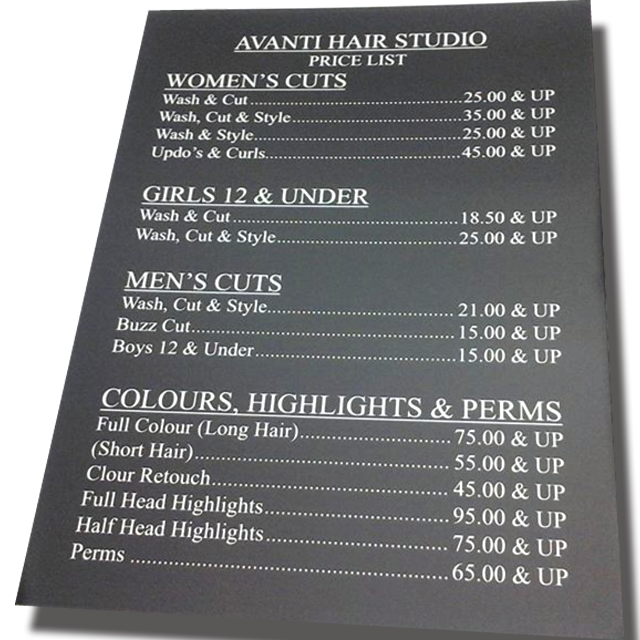
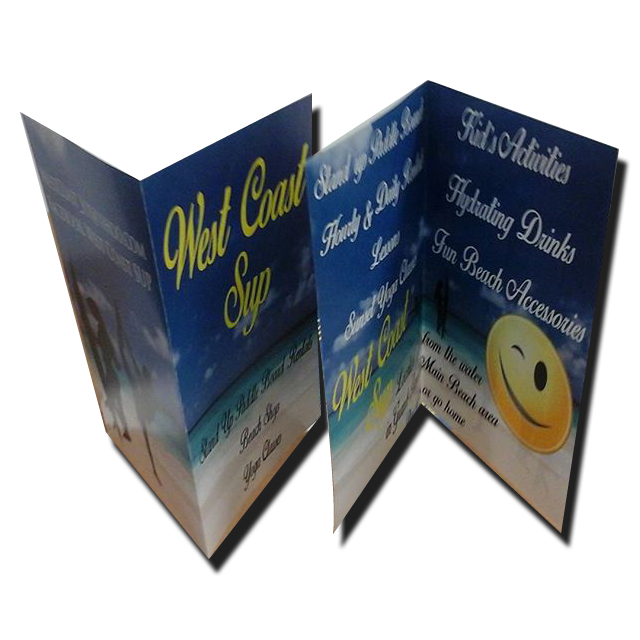
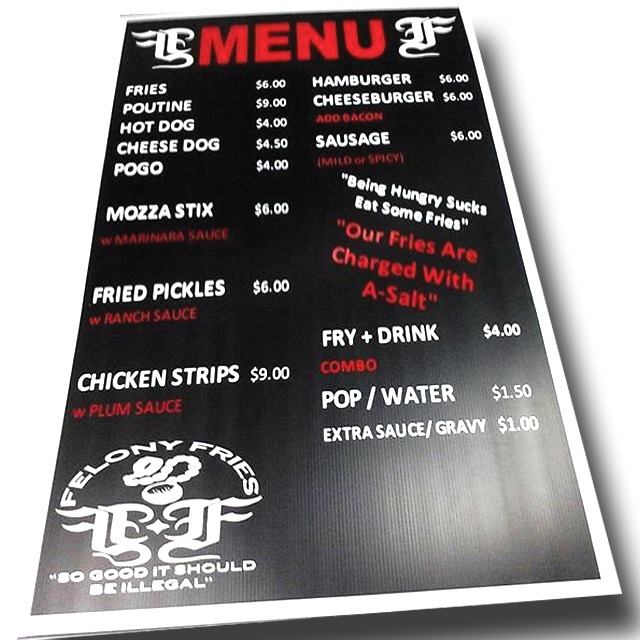
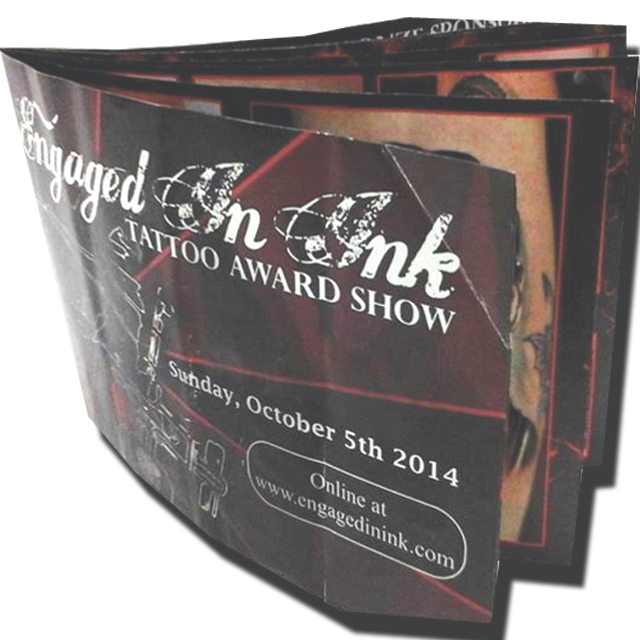
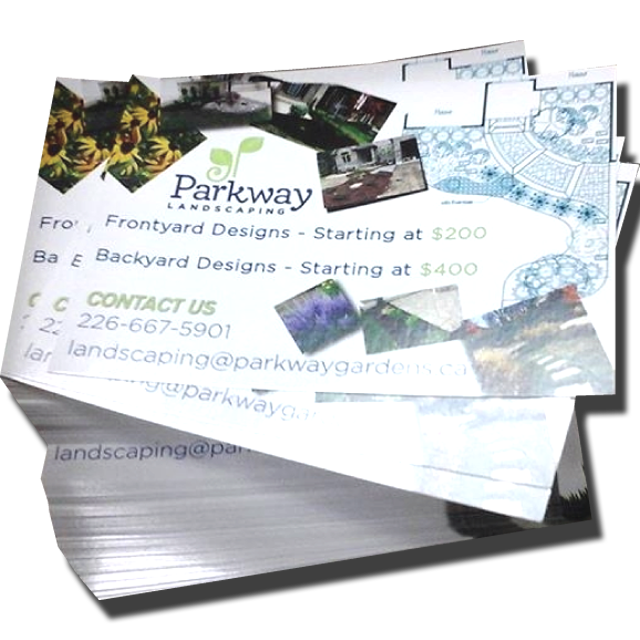
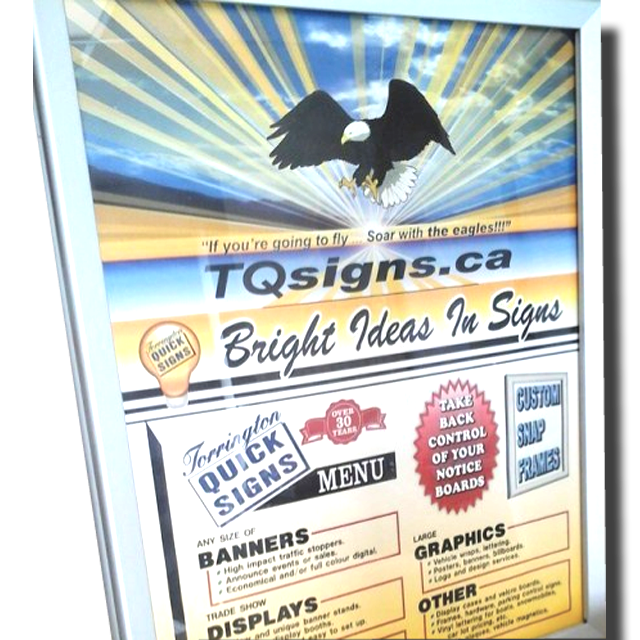
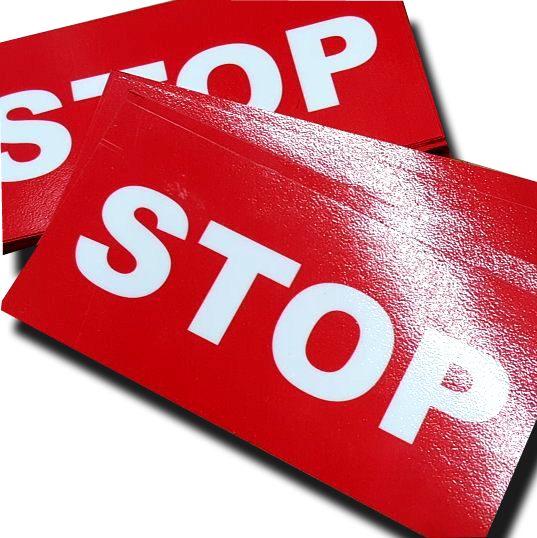
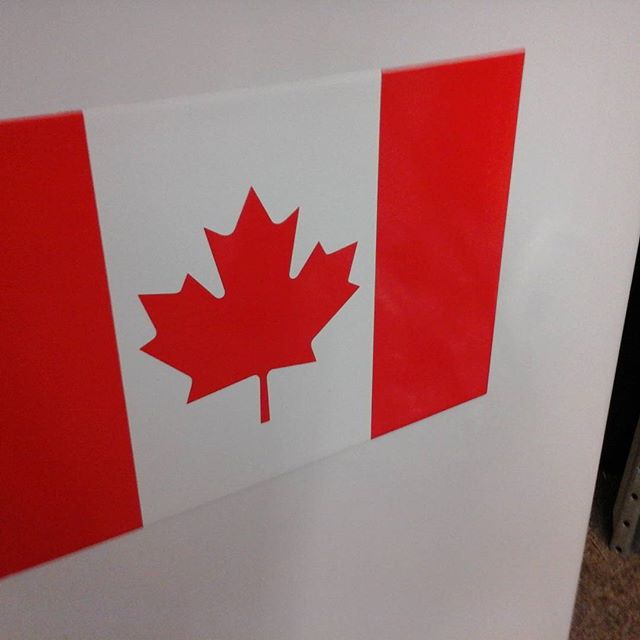
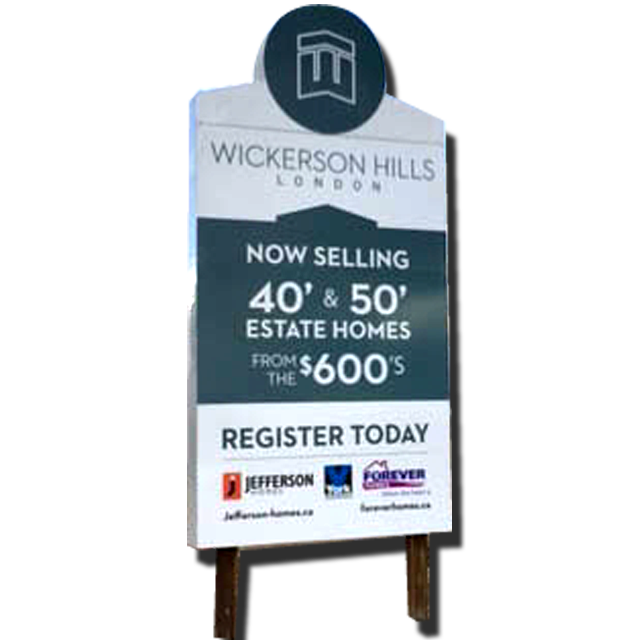
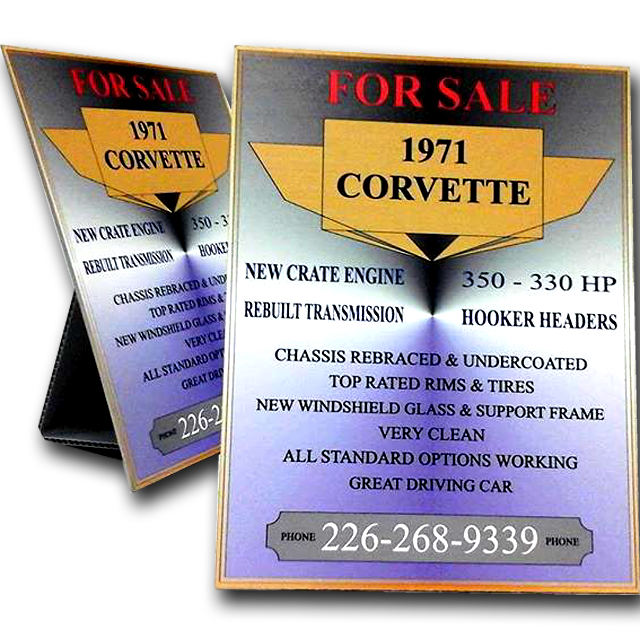
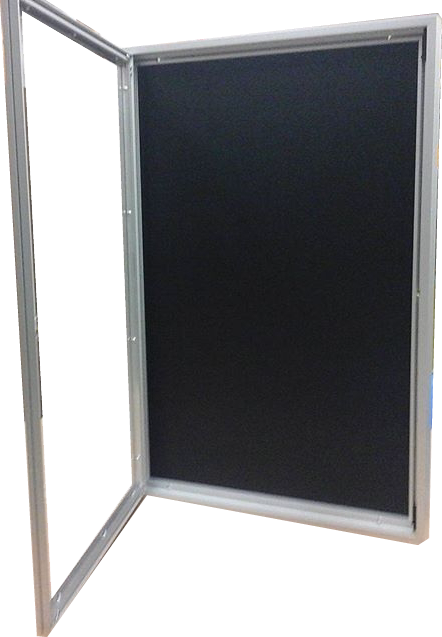
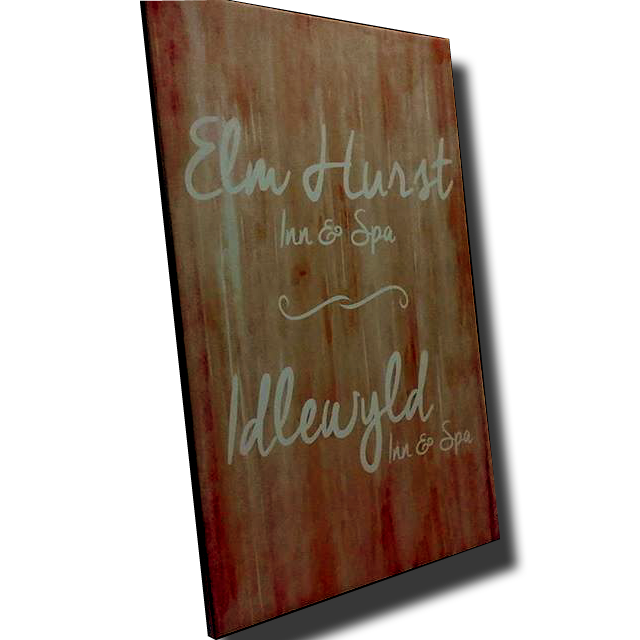
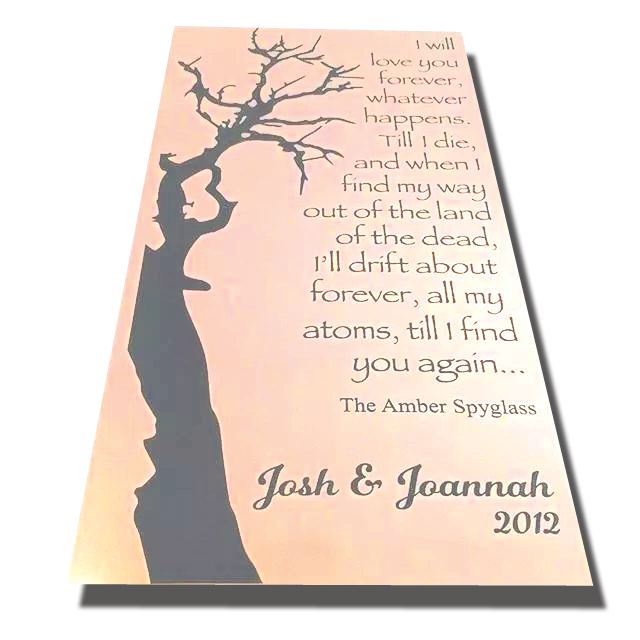
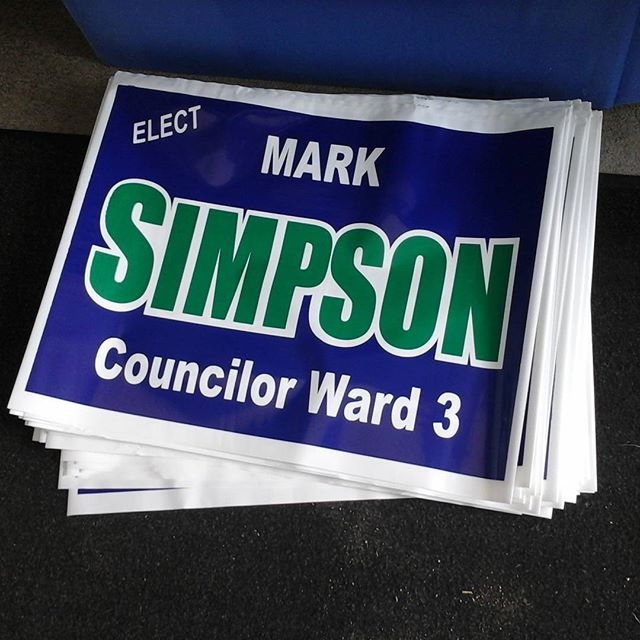
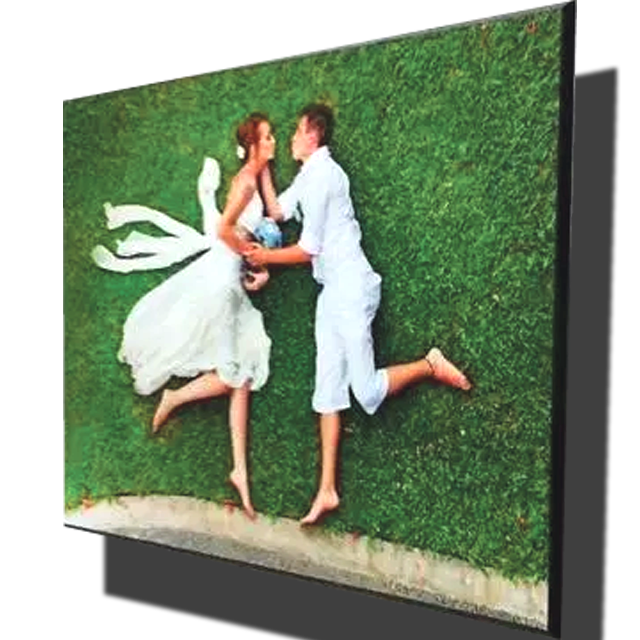
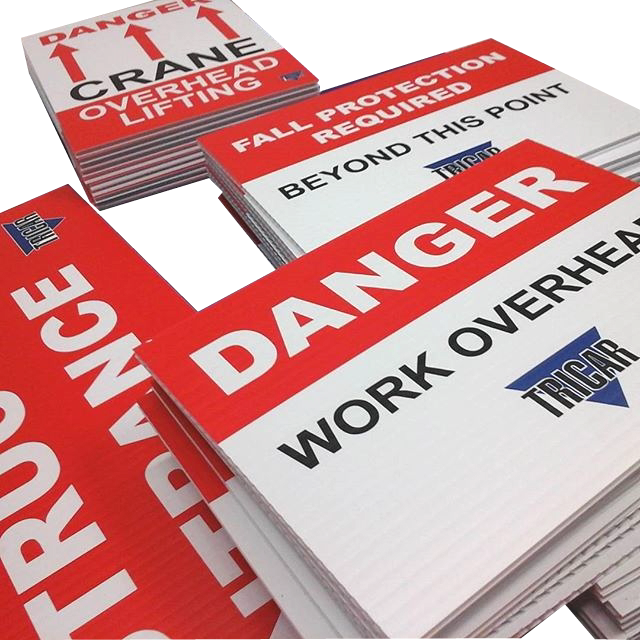
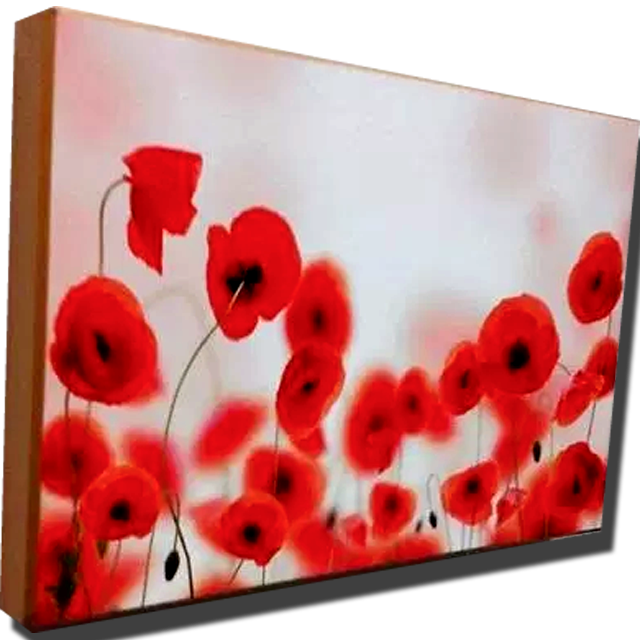
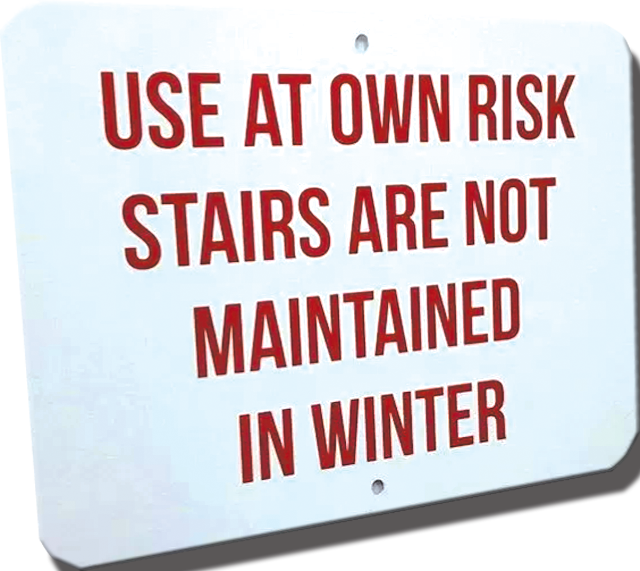
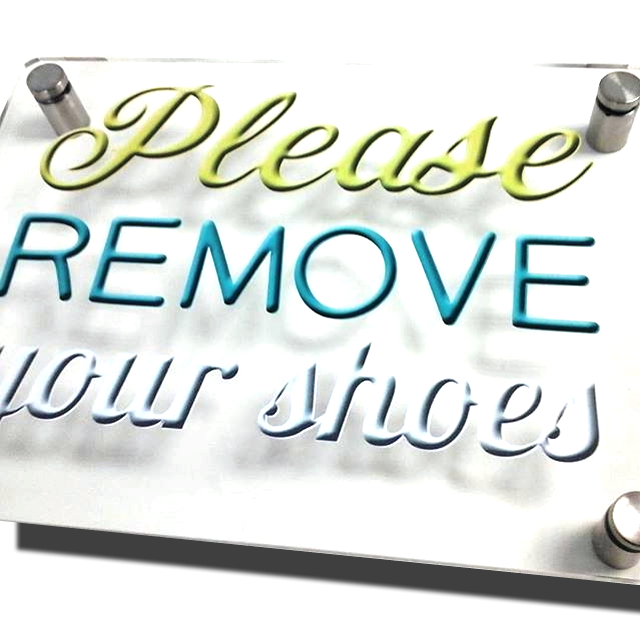
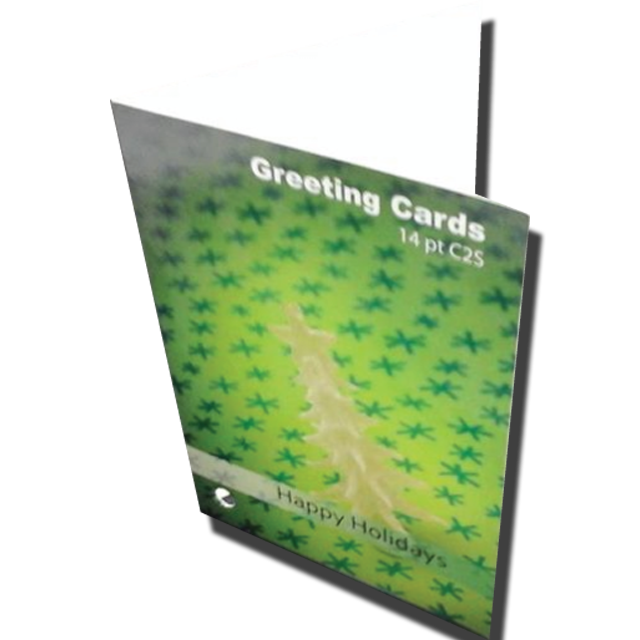
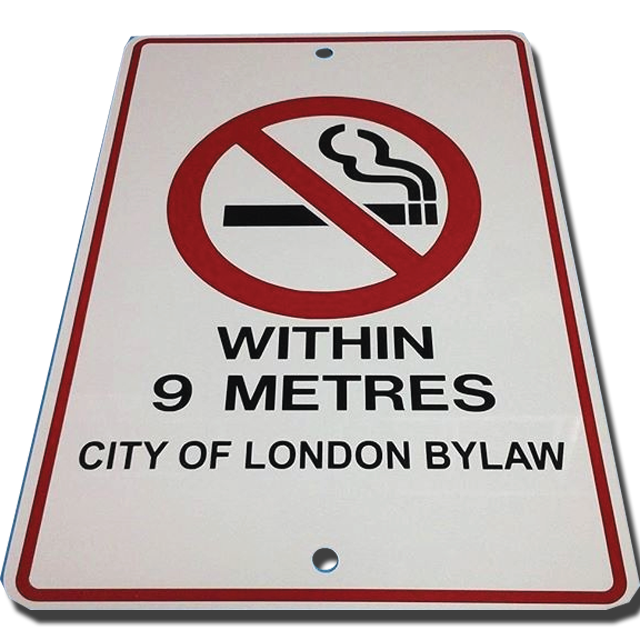
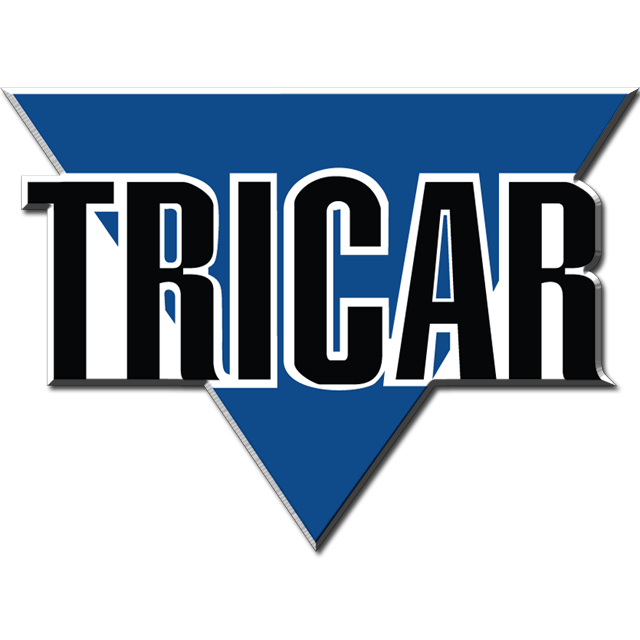
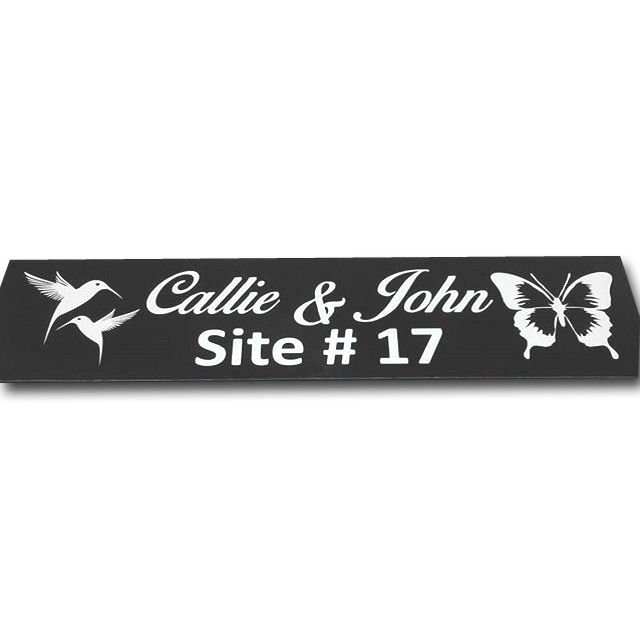
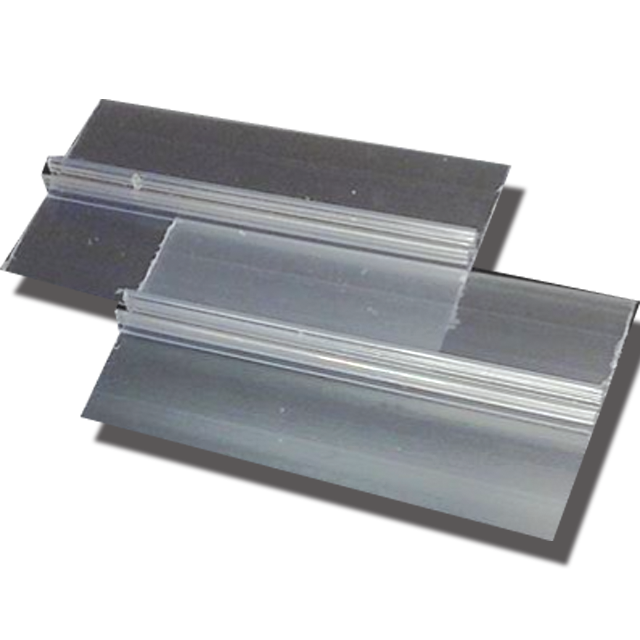
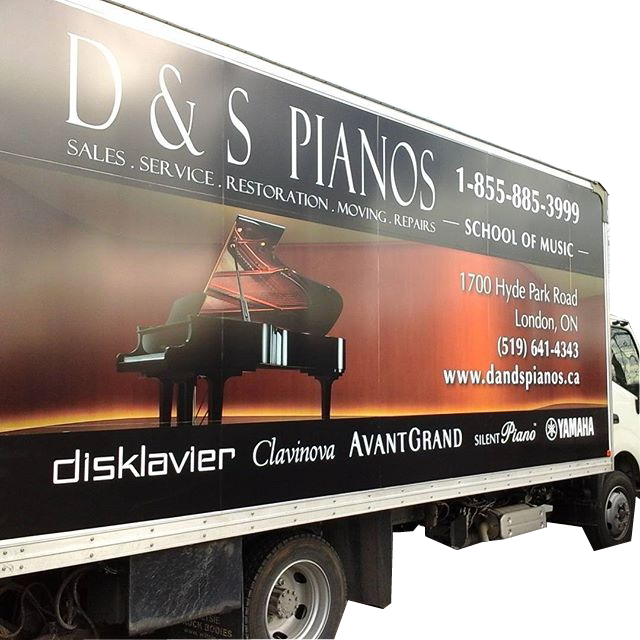
You must be logged in to post a comment.